Photo Editing
My edits within this project have been kept simple, to play on the idea of how basic capturing paper is. For all edits I leveled them to make them slightly darker or lighter and ensure that the tone and sharpness of the photographs where good. For some I then decided to turn them black and white and adjust the Hue to allow the creases in the paper to stand out. I also inverted some allowing texture to be presented. For some photographs I adjusted the blend mode which helped to create the cool effect. I also decided to try experimenting with the layers and blending options to create different effects. Most of these edits I believe where successful and I am happy with most outcomes, however there are a few photographs edits I do not think where the best but I left them in to show development and experiment.
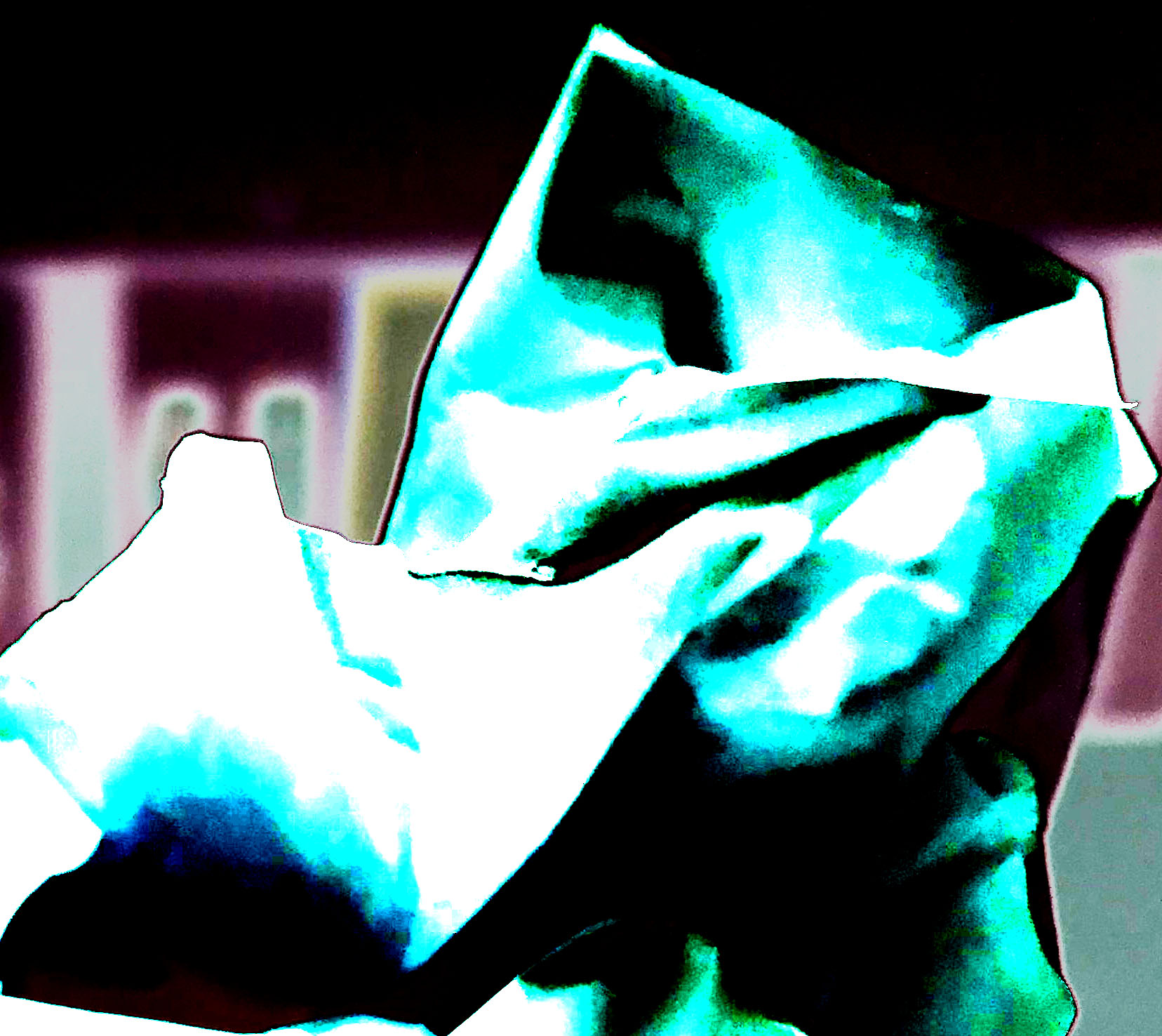
For my first edit I started turning the image black and white. I then decided to invert the image which made black areas white and white areas black. I then changed the hue to a more green colour. Finally using the curves I made the image lighter creating noise in the photograph. Overall this edit has been successful in the fact I got to experiment with different tools on Photoshop. However, it is not my strongest edit.

This second edit, in my opinion, is my strongest edit as it shows a contrast in tones and is interesting for viewers to look at. To do this edit I started off by turning the photograph into black and white, I then adjust the levels to make the photograph seem darker than what it actually is. I then proceed using the paint brush tool to pain the background black allowing the main focus to be on the paper itself.

In my third edit of this photograph I decided to level the photograph to make it seem naturally lighter. I then turned the photograph into black and white and inverted it. I then changed the blend mode until it gave off this effect, which clearly shows the texture of the paper.
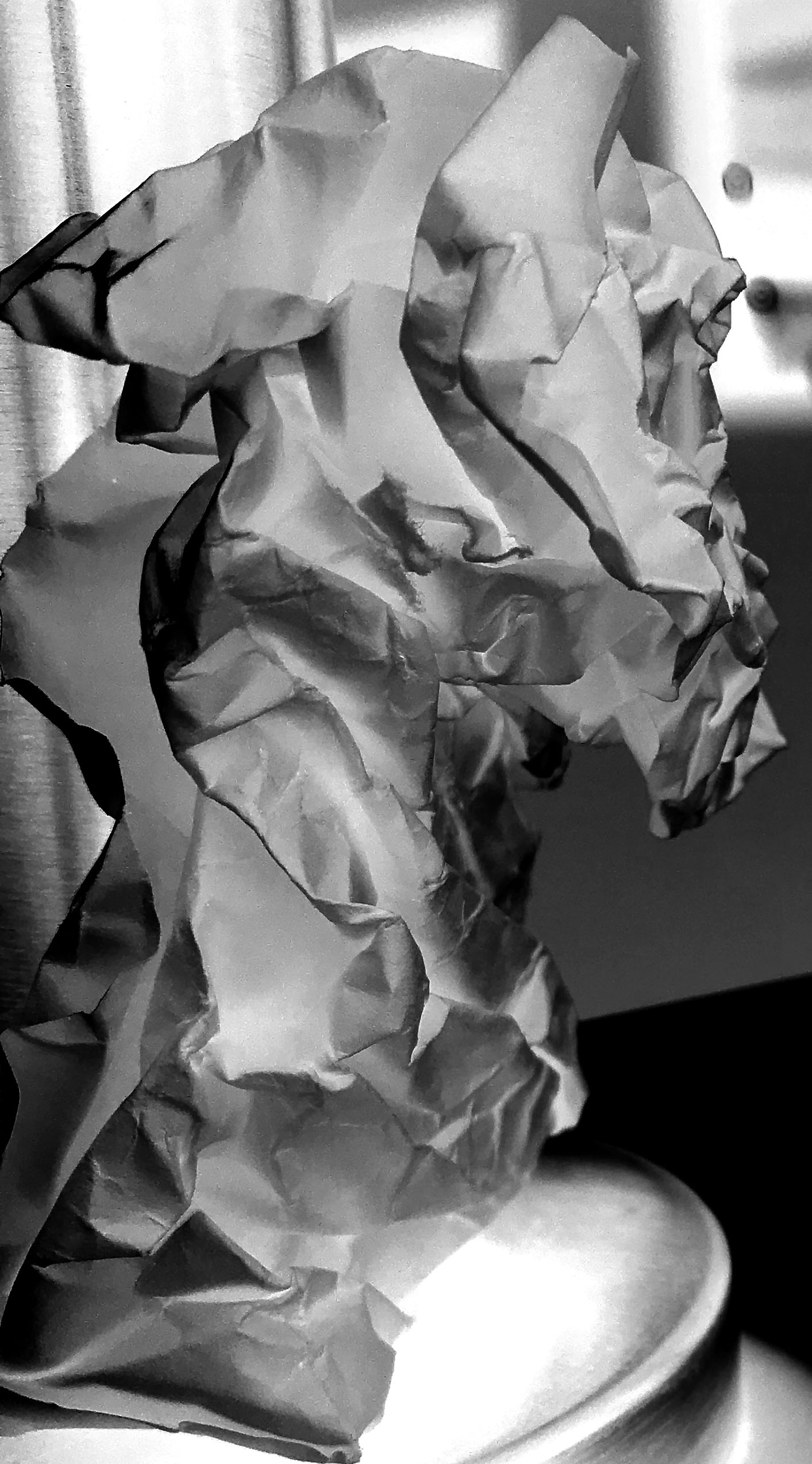
For my next edit I decided to use a different photograph. I carefully cropped the image to take away most of the background. I then turned the photograph into black and white and inverted it. Moving on I adjusted the curves to allow the different tones of the photograph to clearly be presented.
In this photo edit I wanted to clearly show the light which is beaming through the hole in the paper. I thought the best way to do this was simply turning it black and white which allowed the different tones to clearly illustrate the light.

Due to this simplistic photograph I decided to keep this edit simple. I simply adjusted the curves to allow the different creases and tones to be shown. I then decided to turn the photograph into black and white which has created this cool effect making the photograph more pleasing to look at.
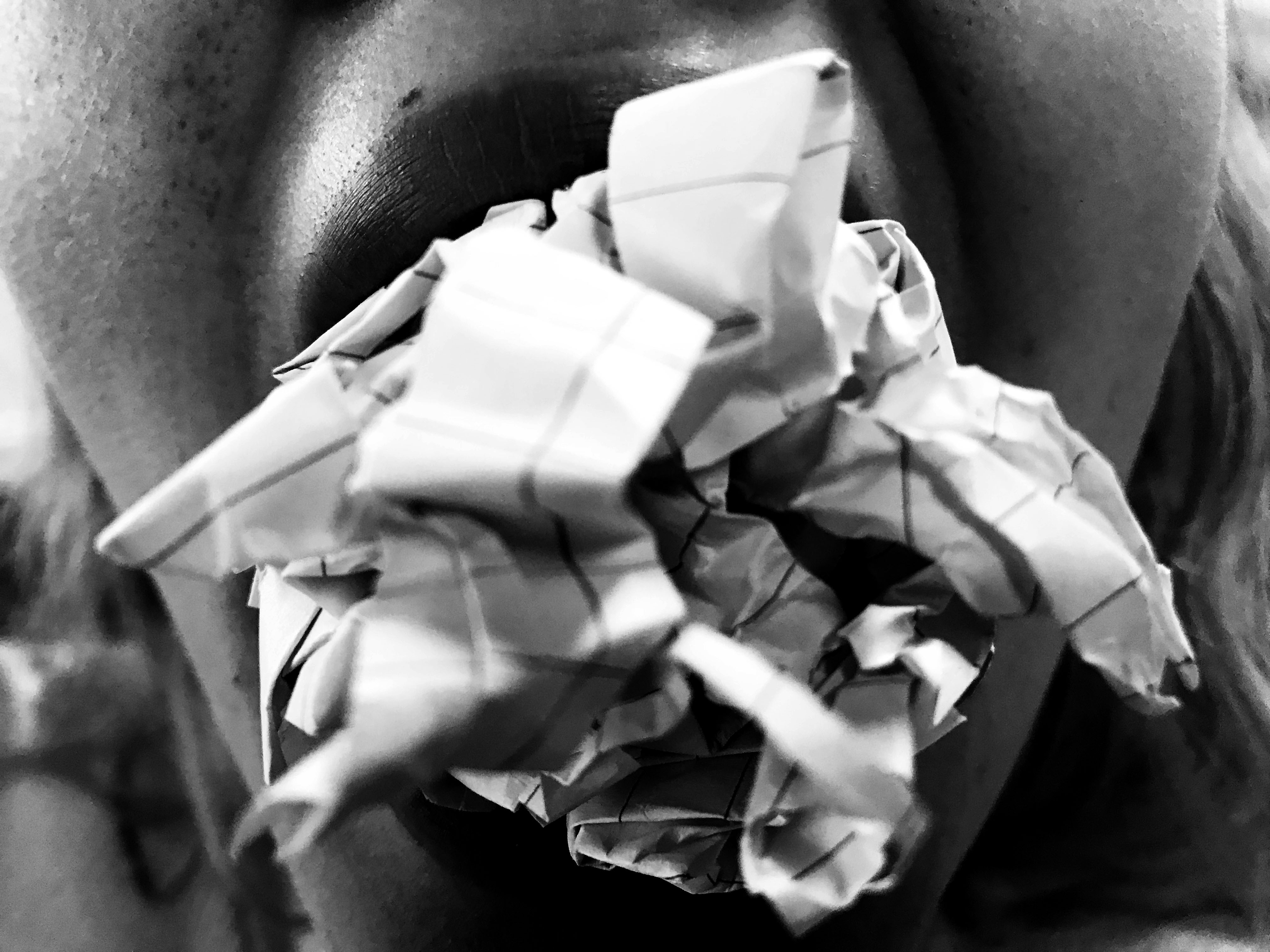
For this edit I wanted to show the context of where the paper has been placed, thus I decided not to crop the image. To allow the texture of the paper to be shown in this image I simply turned the photograph into black and white and adjusted the curves to allow the mouth and paper to be clearly shown to viewers.

For this edit I wanted to capture the paper trapping the light into what looks like a tunnel. To do this I made the image darker than usual by adjusting the levels, this made the background black. I then experimented with different settings, however I believed that this was the most effective way to present the tunnel.
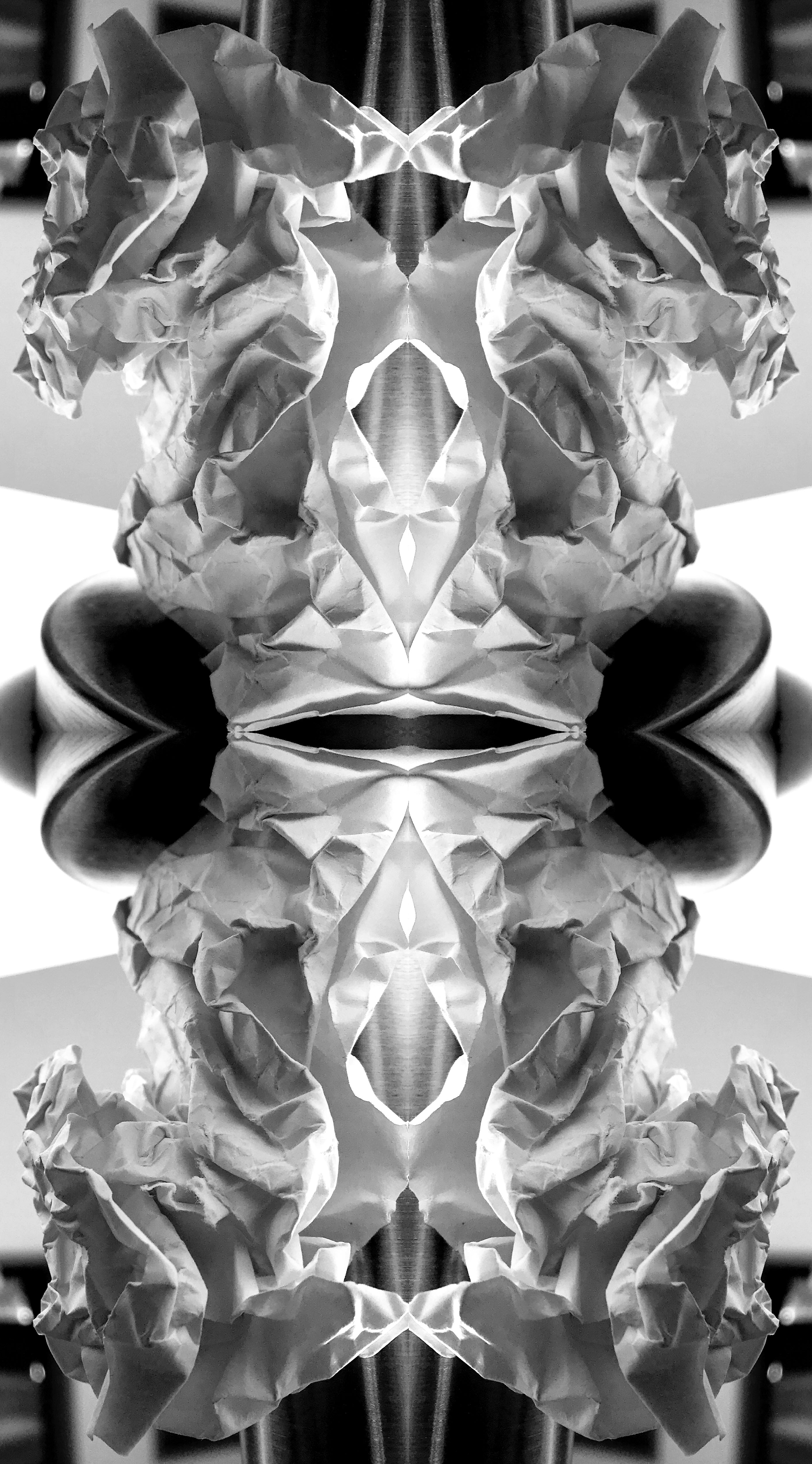
For my next edit I wanted to create a mirror effect. I thought the best way to do this is two duplicate the layer and increase the canvas size. I repeated this four times until I was given the effect. This edit now present the formal element of shape and repetition, which makes it more interesting for viewers to look at.

This next edit I wanted to make the photograph seem more ‘3D’ by adding in a blur. To do this I duplicated the layer and went under fx and changed the blending options. I deselected the green and the blue but left the red. Then I used the arrow keys to move the top layer which presented this effect. I like the way this edit has turned out as it makes the paper seem distorted and is more visually stimulating.
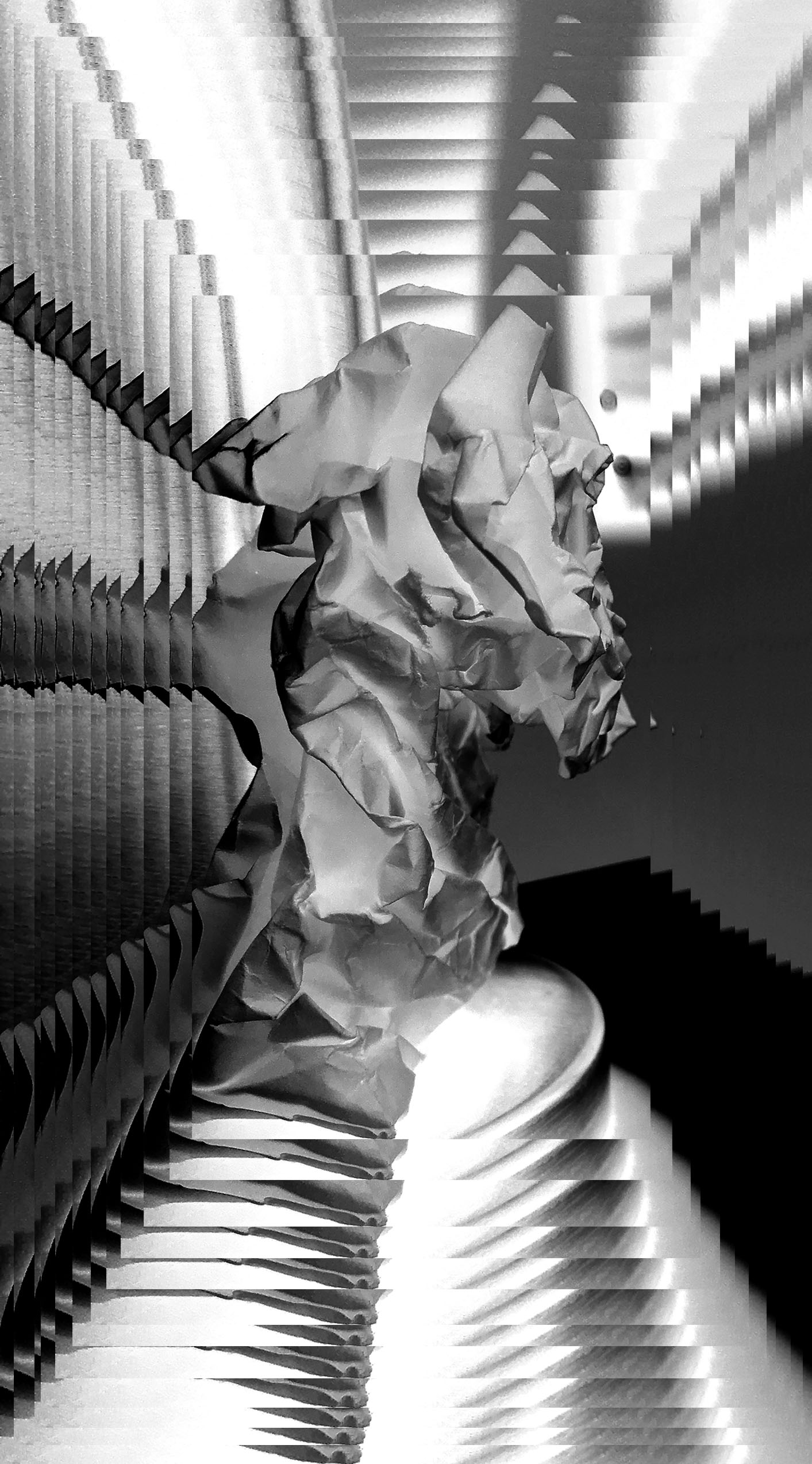
In my final edit I wanted to experiment with layers. I decided to duplicate the image layer and slowly decrease the size of it as I went along. This has made the subject seem further away than it actually is, making it almost seem like an optical illusion. I am really impressed with how this edit turned out as it has made a simplistic photograph seem more interesting.
Favorite Outcome

I really like the way this photograph has turned out. To begin with I have managed to present the formal elements of shape and texture within this photograph. Texture and shape is shown through the folds and creases on the paper. The Macro shot, taken from a straight on angle making it interesting for the viewer to look at. Moreover, I like how an element of 3D is created through the different tones of the paper. Also, to present tonal regions I decided to display this image in black and white. I decided to make the background plain to allow the viewers focus to be solely on the piece of paper located in the center of the frame. Moreover, I attempted to use Creed’s effect of using light to guide the viewers eye around the photograph on my image. I love the simplicity of this edit as it captivates viewers. Finally I believe this edit is my most successful due to the fact it is similar to Creed’s image.






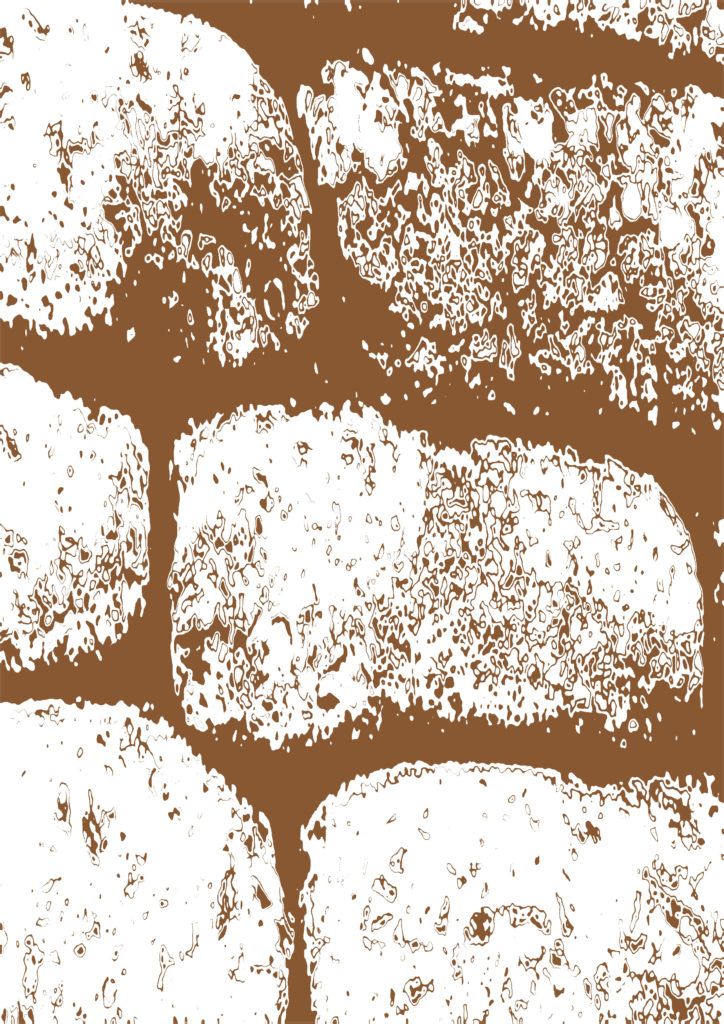






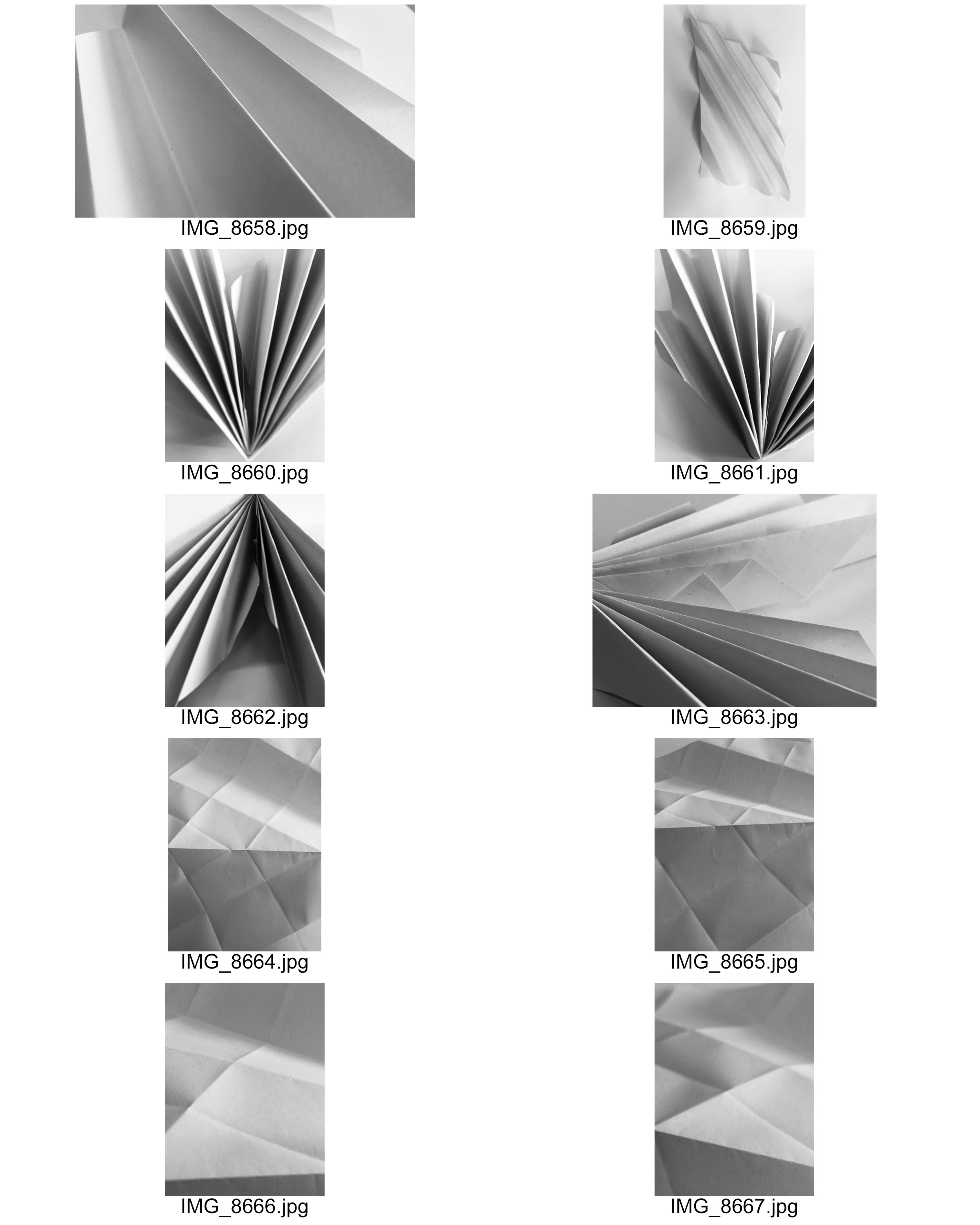

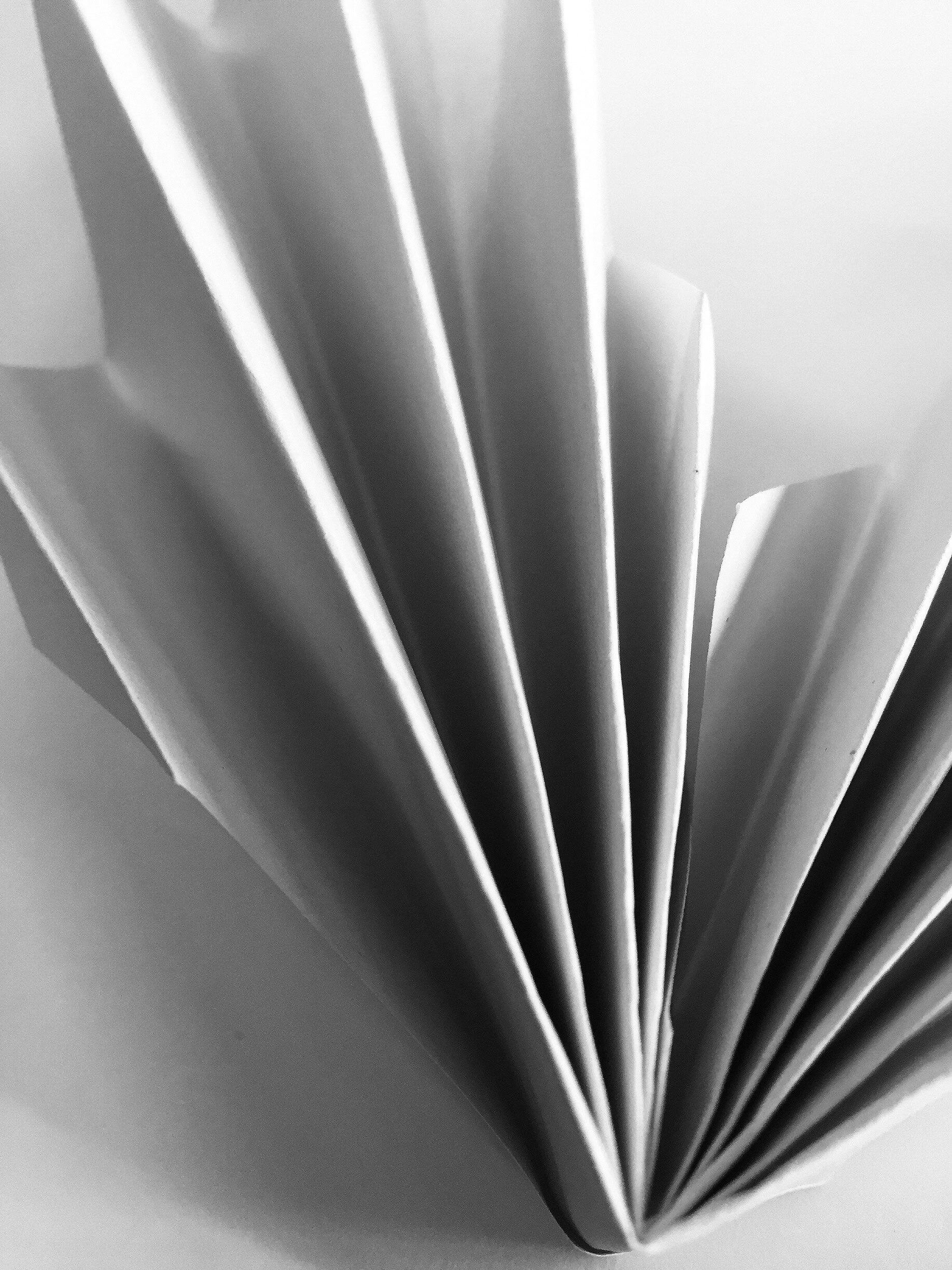
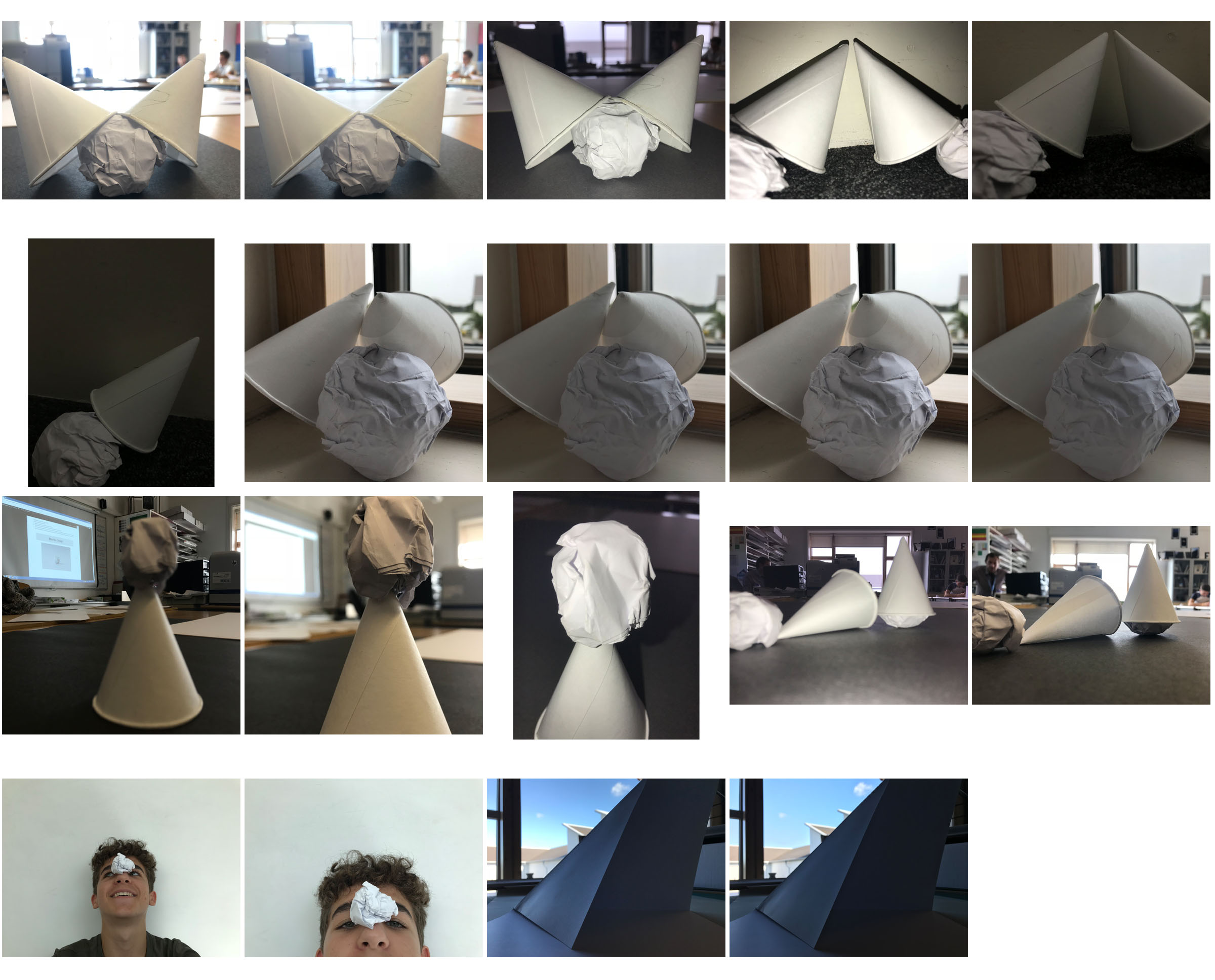

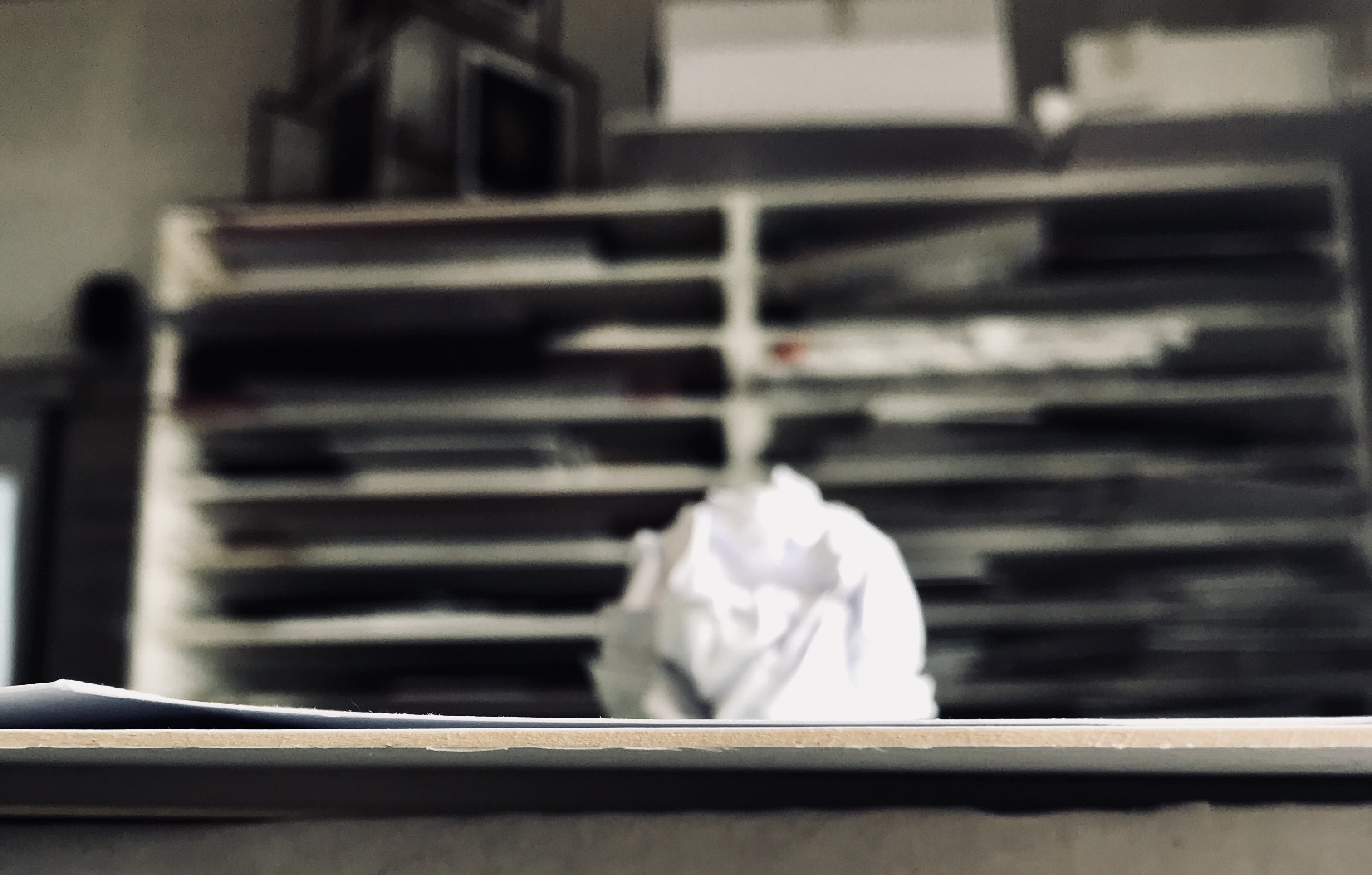

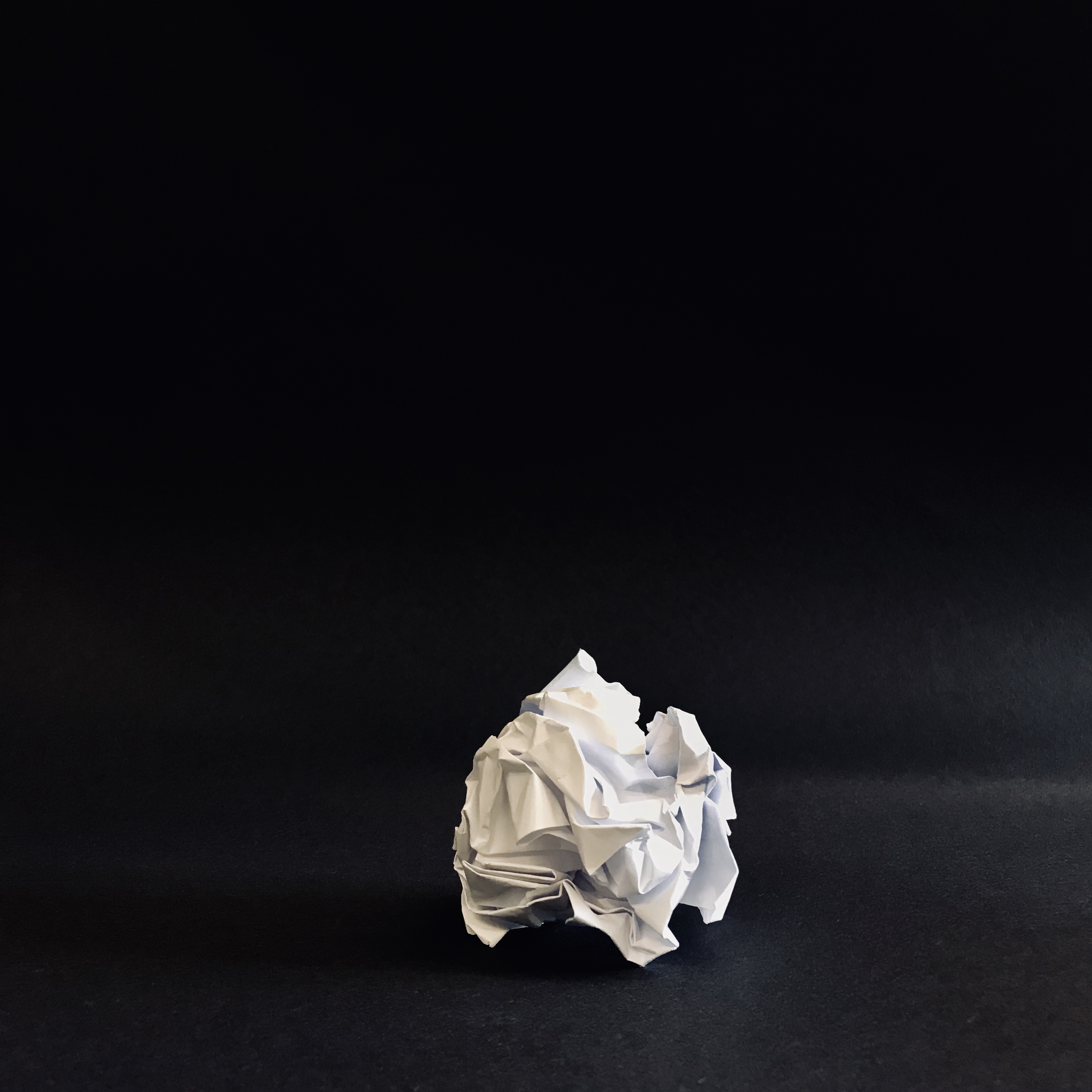

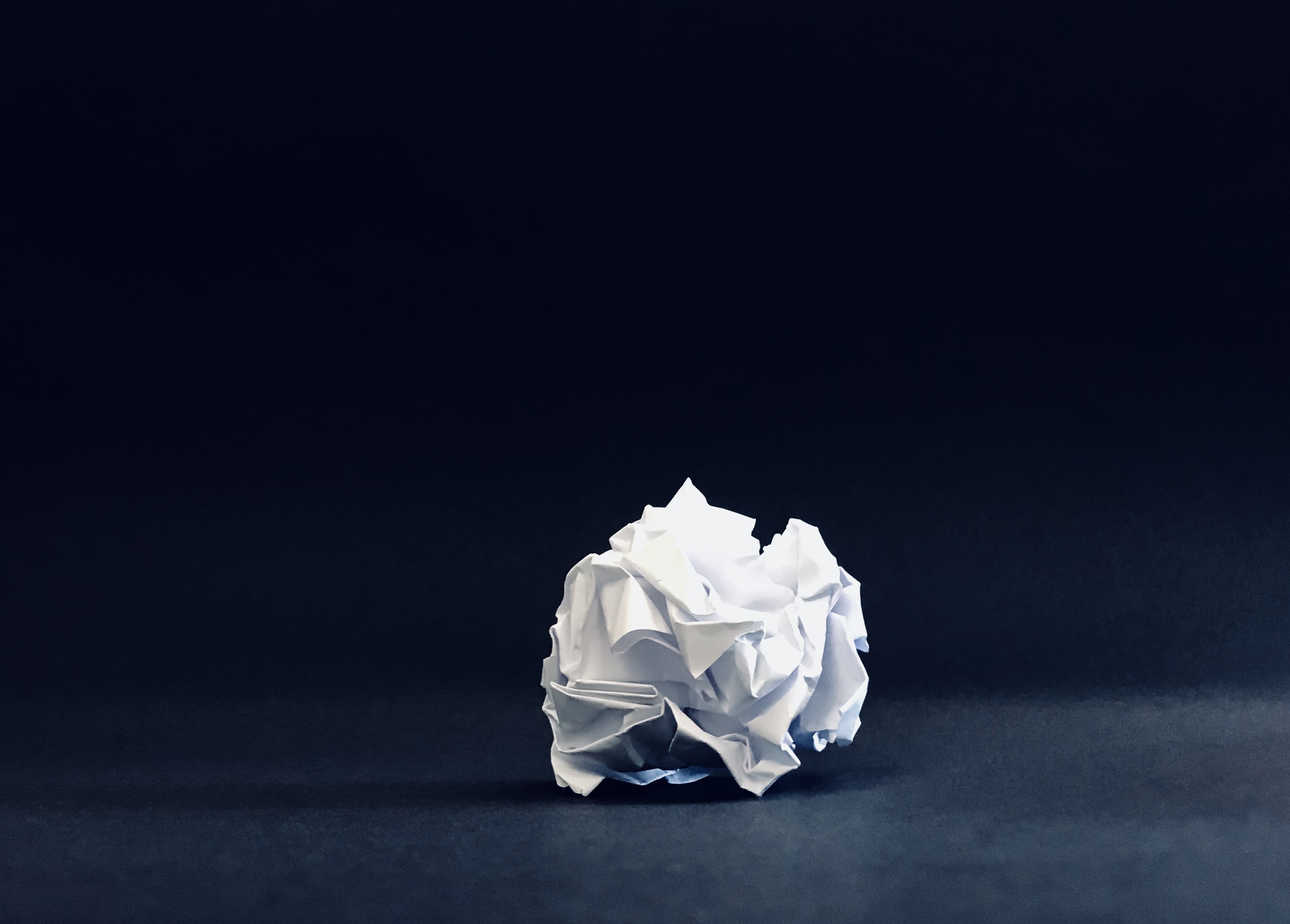
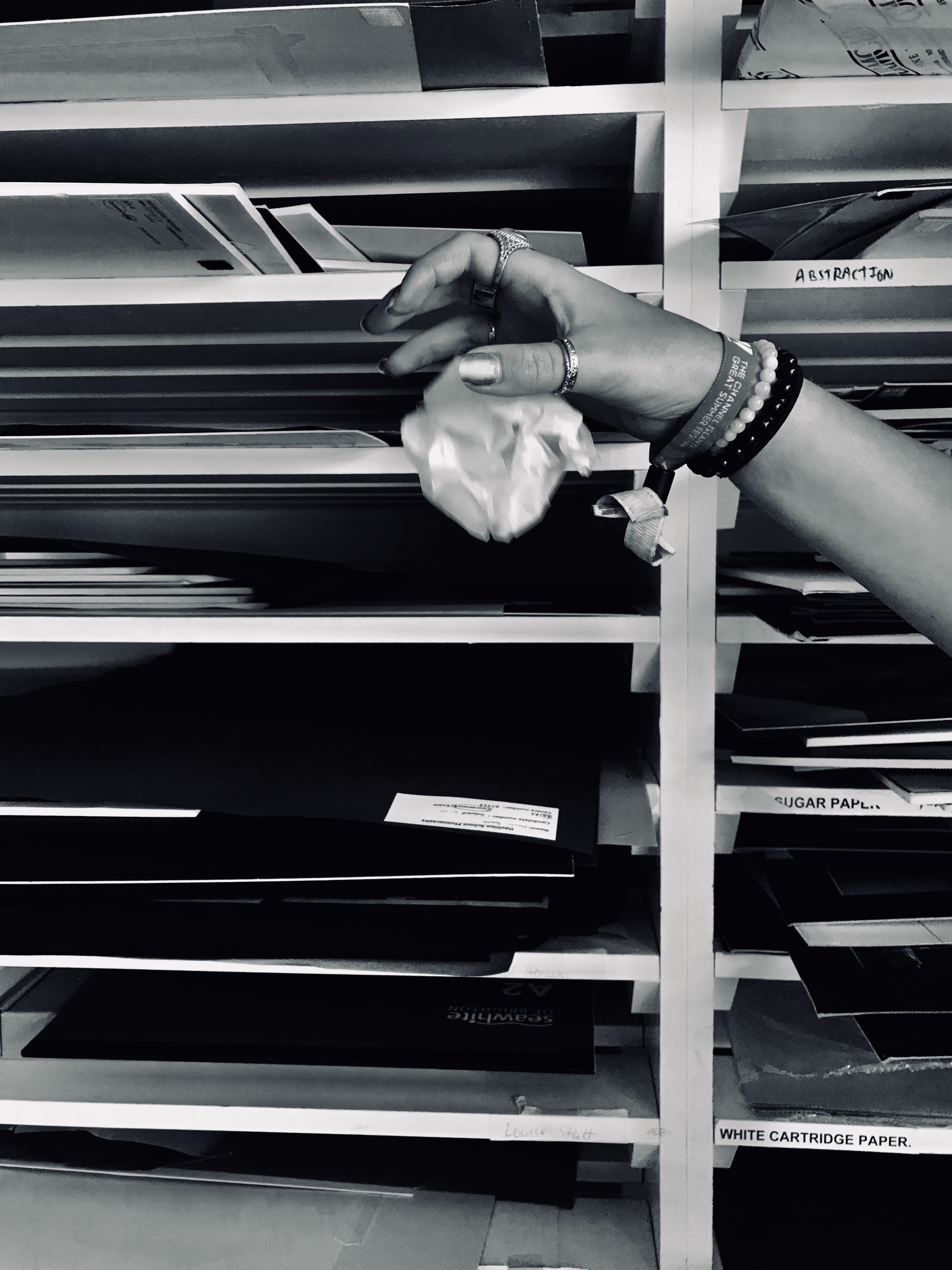



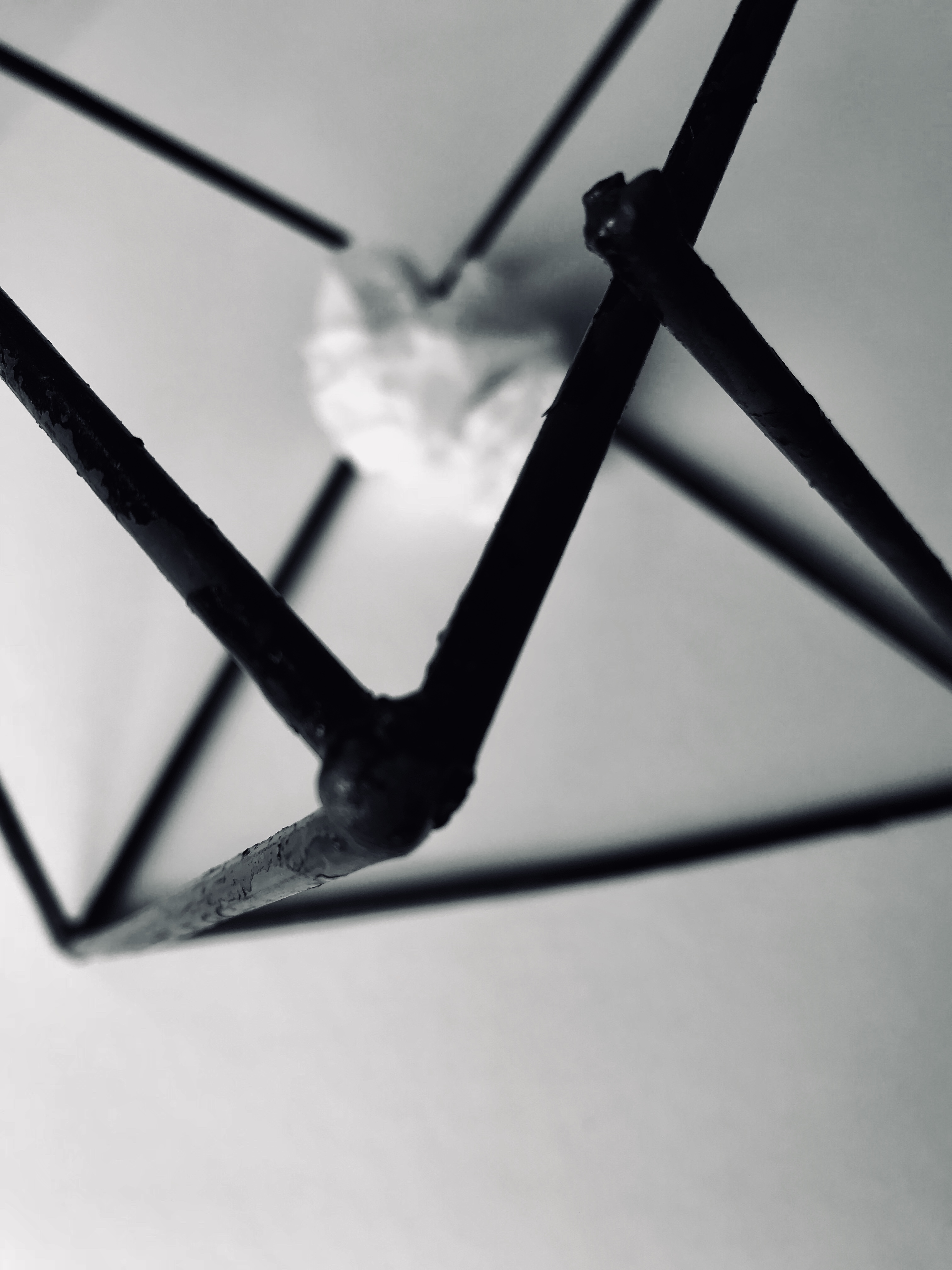

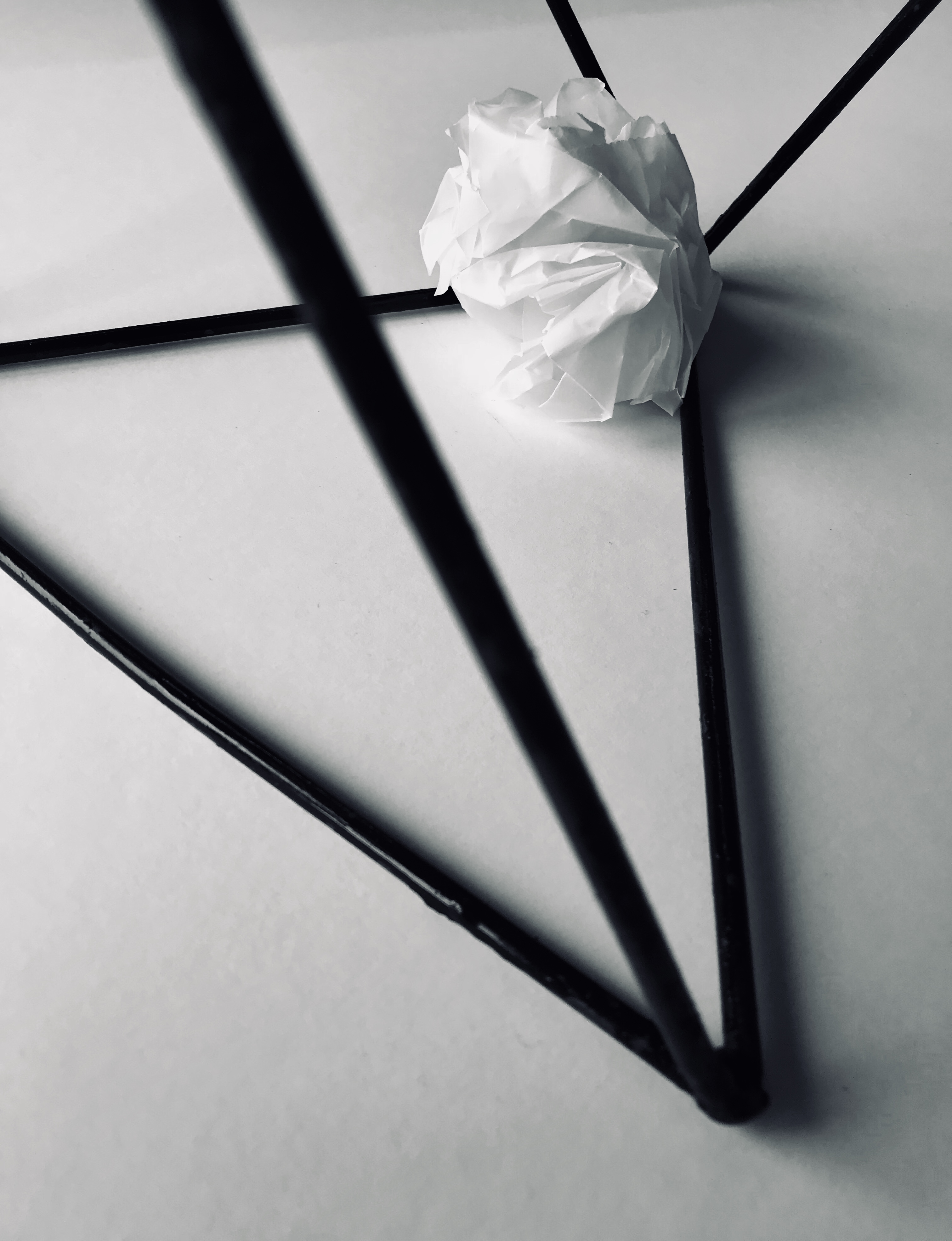

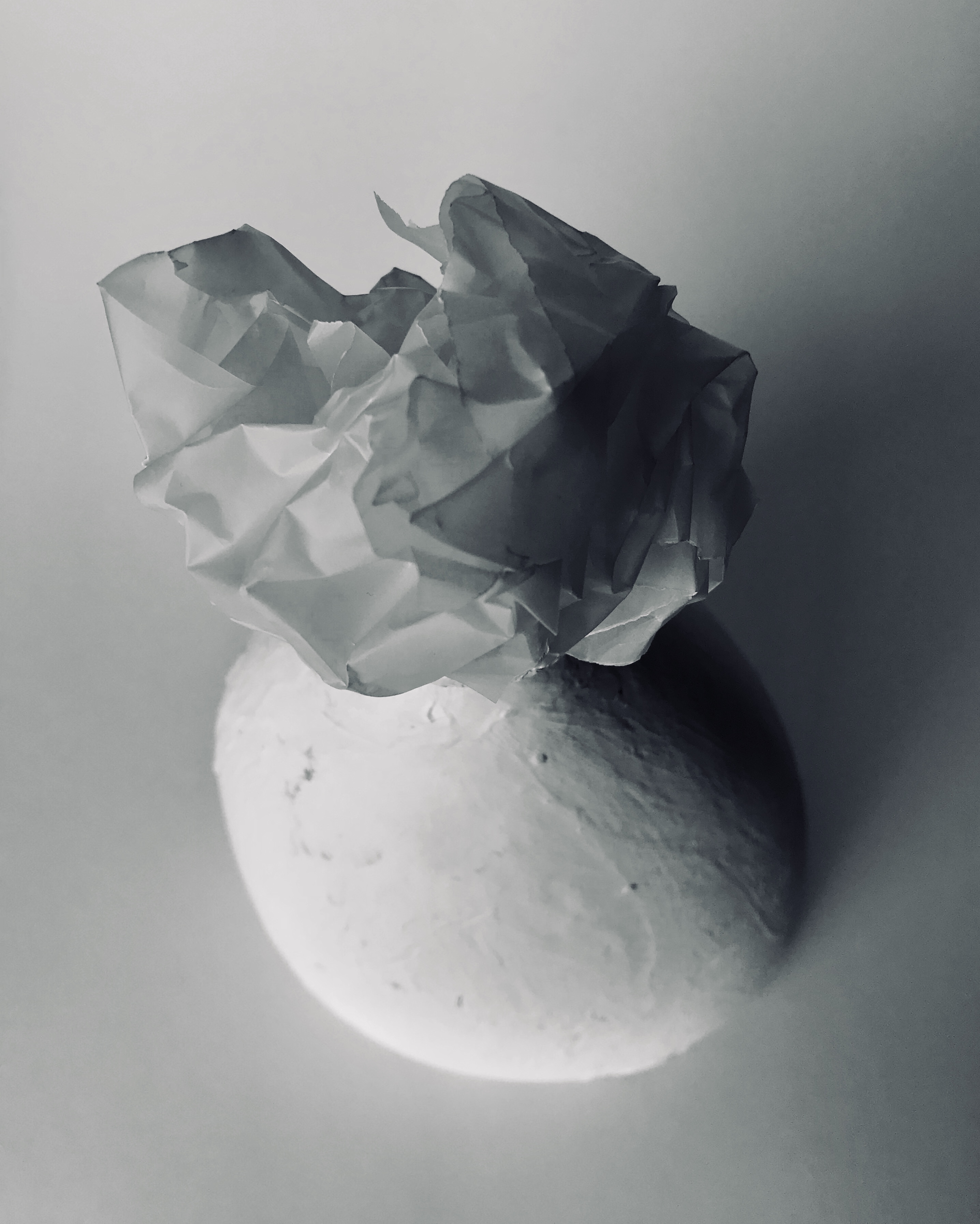
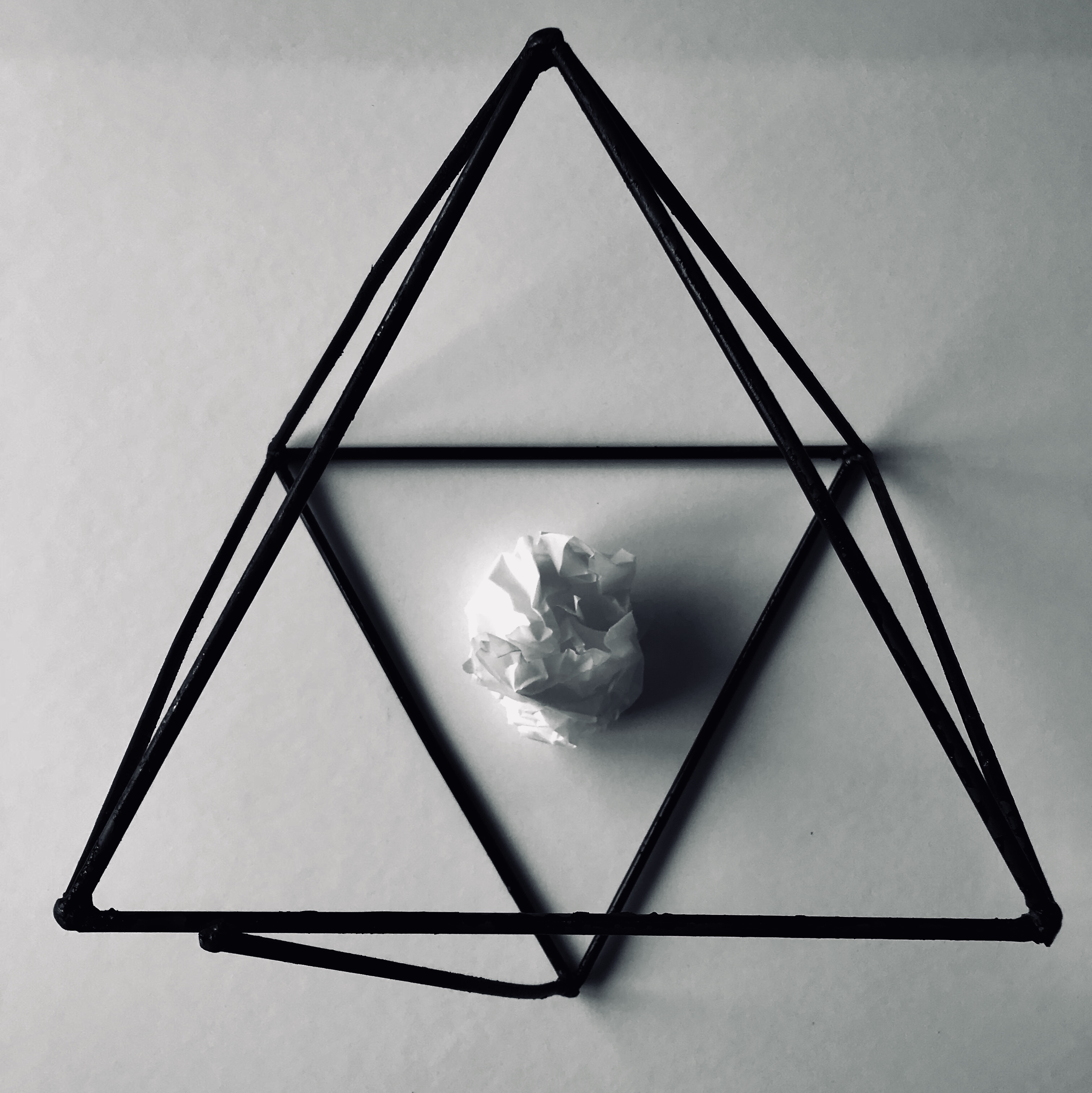
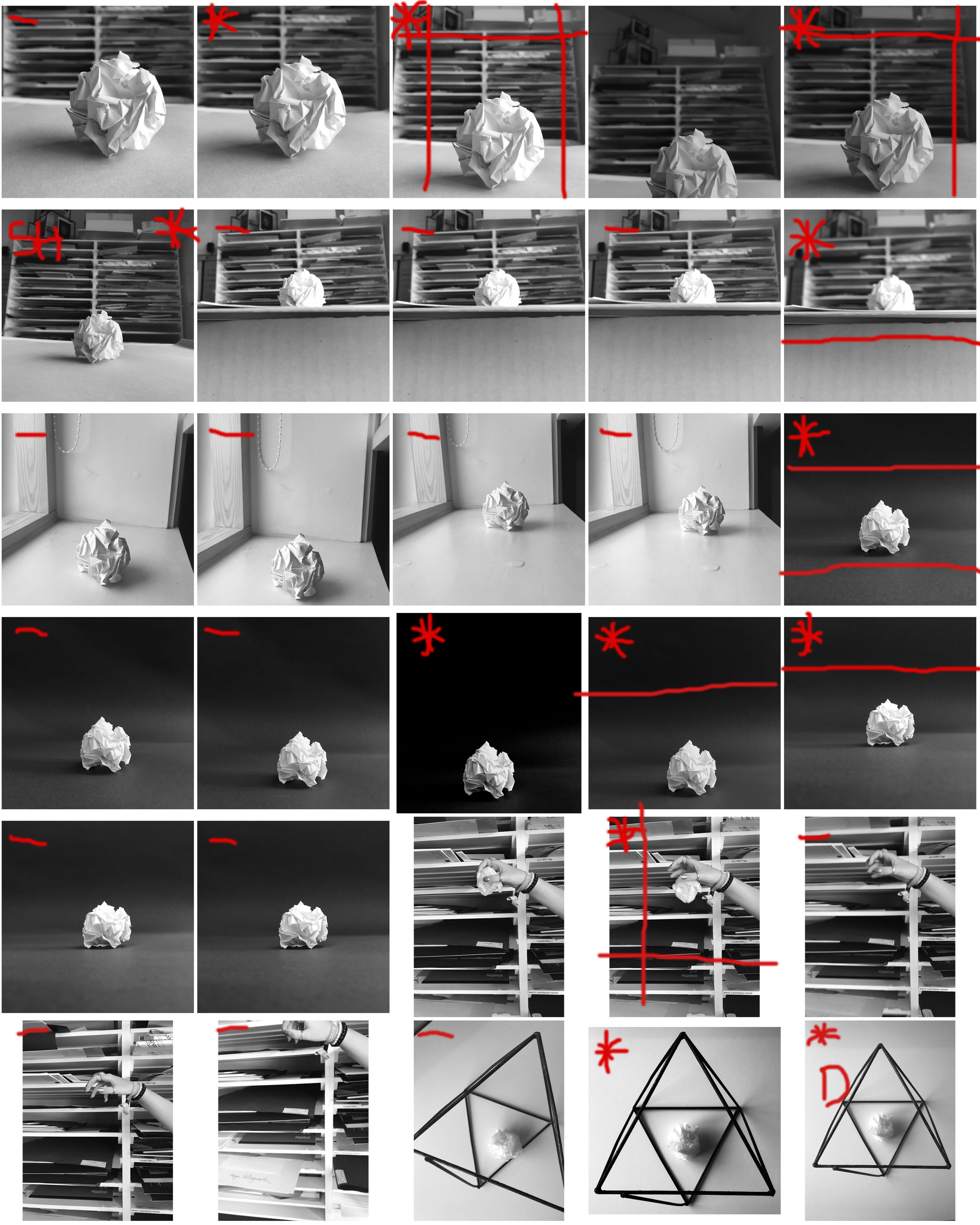
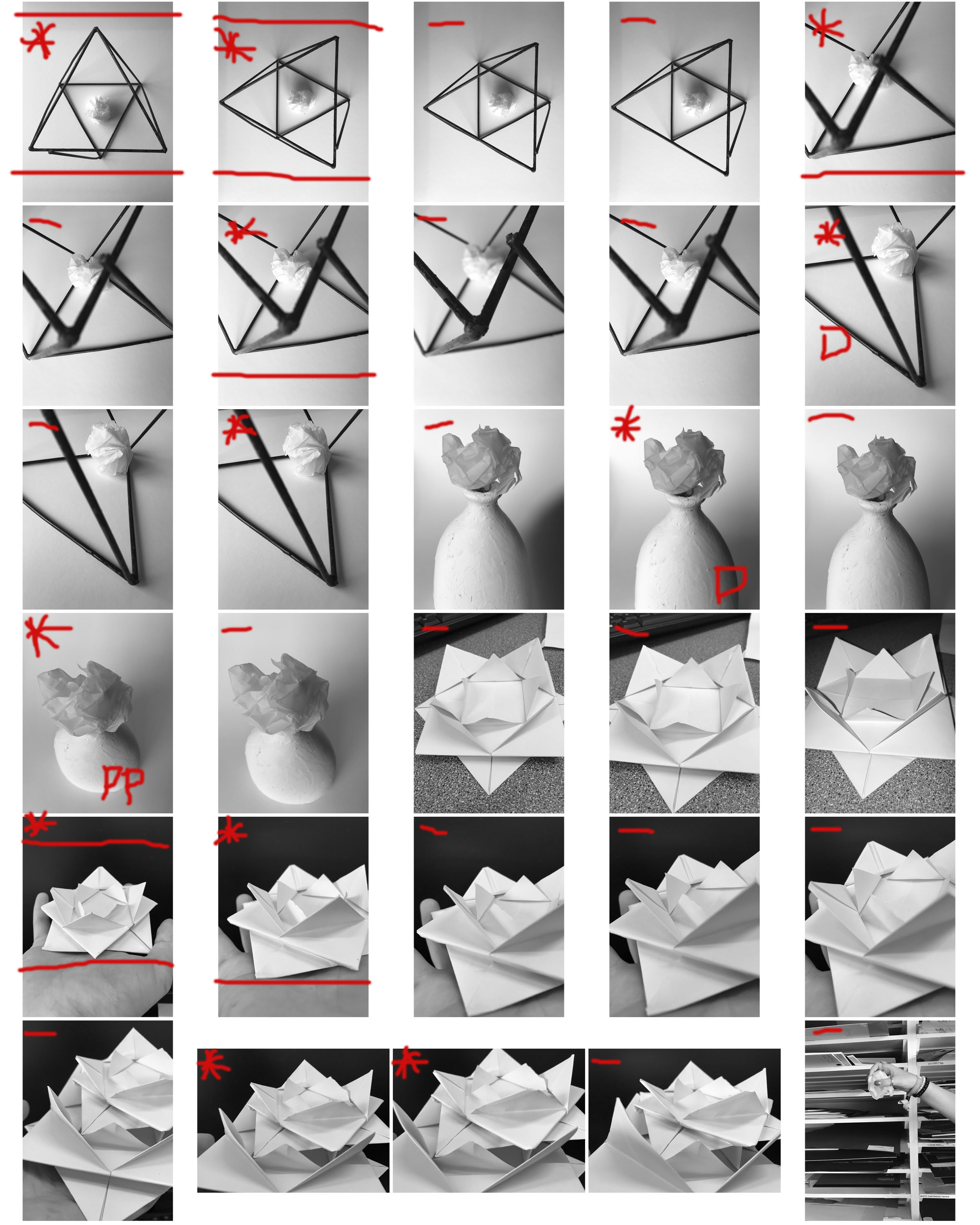
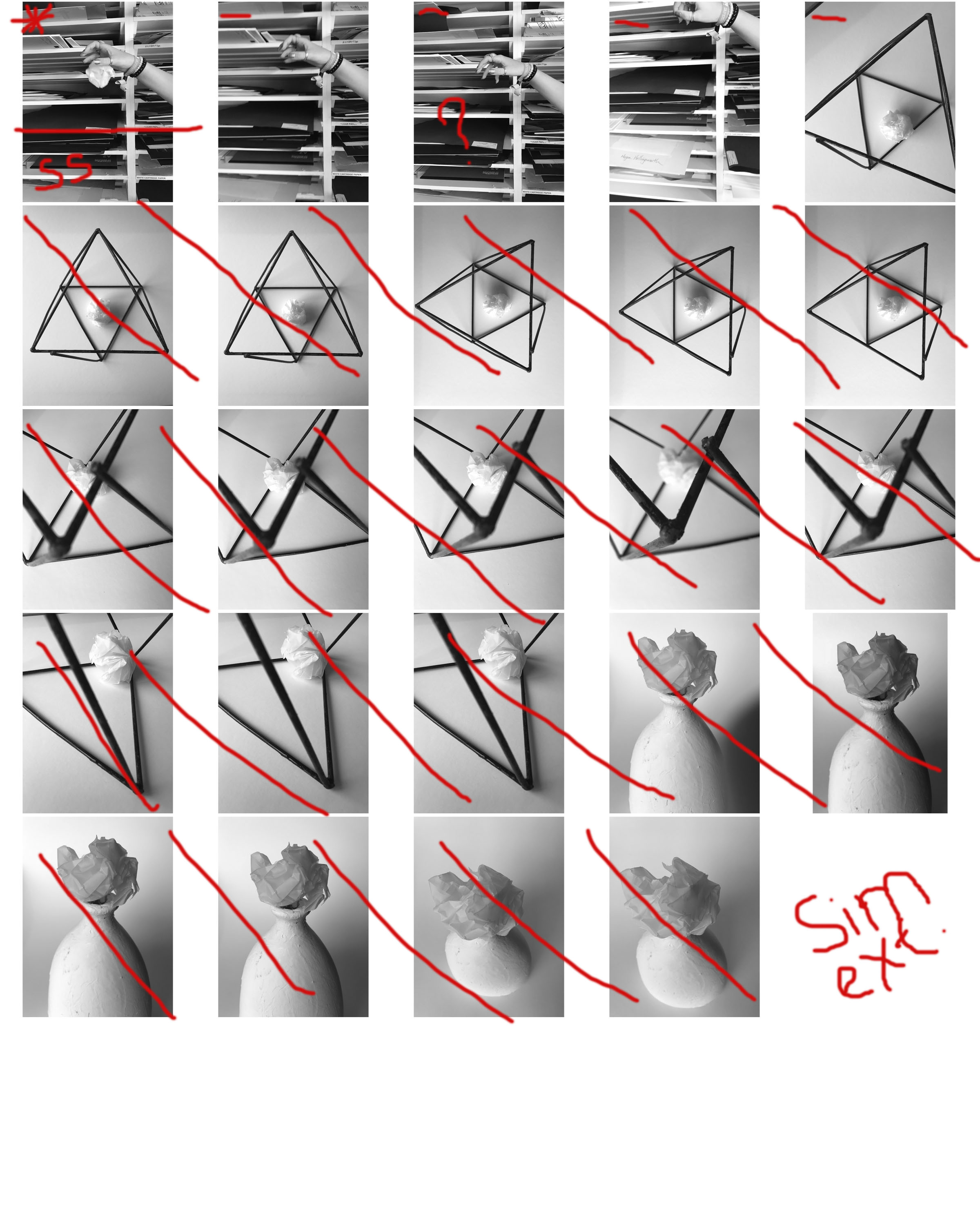
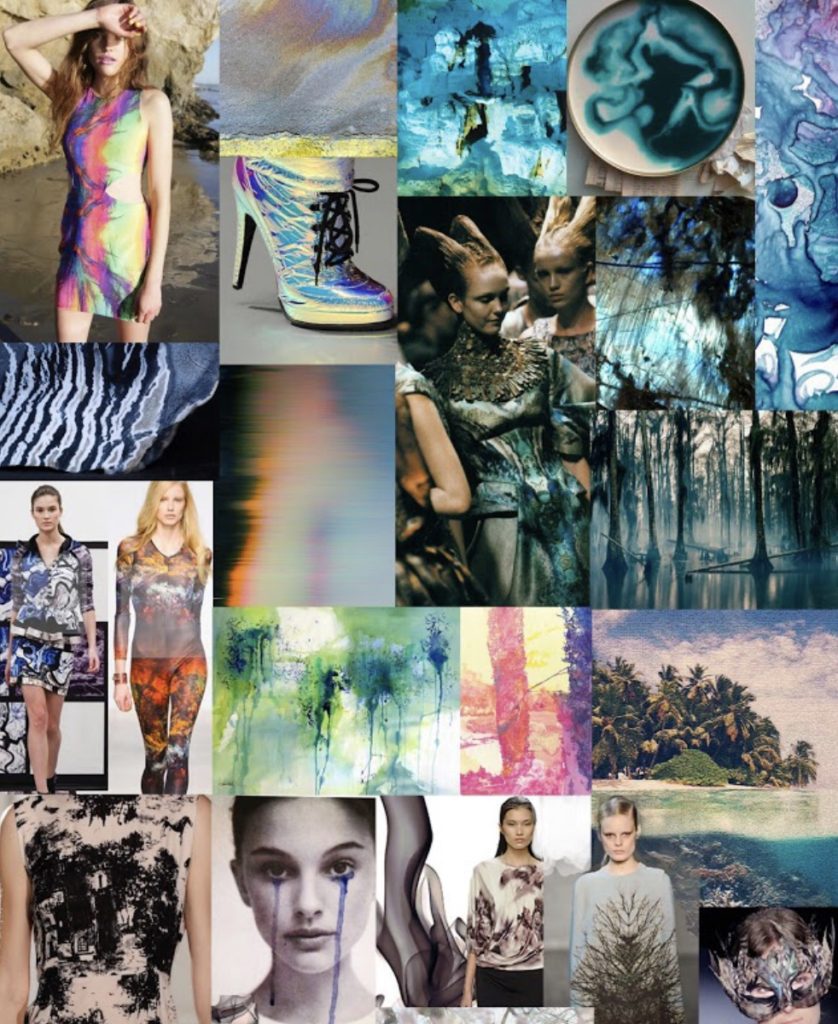

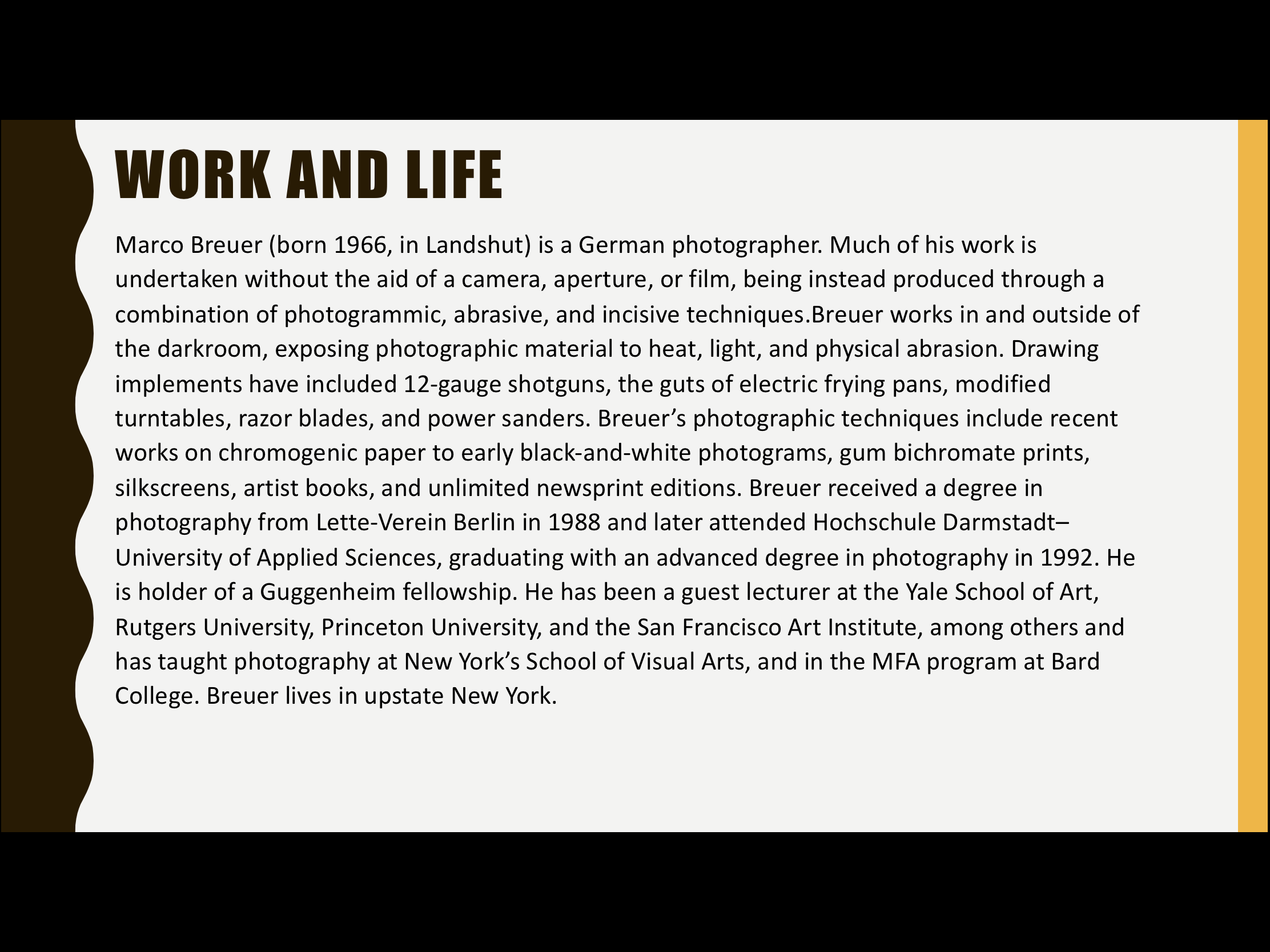







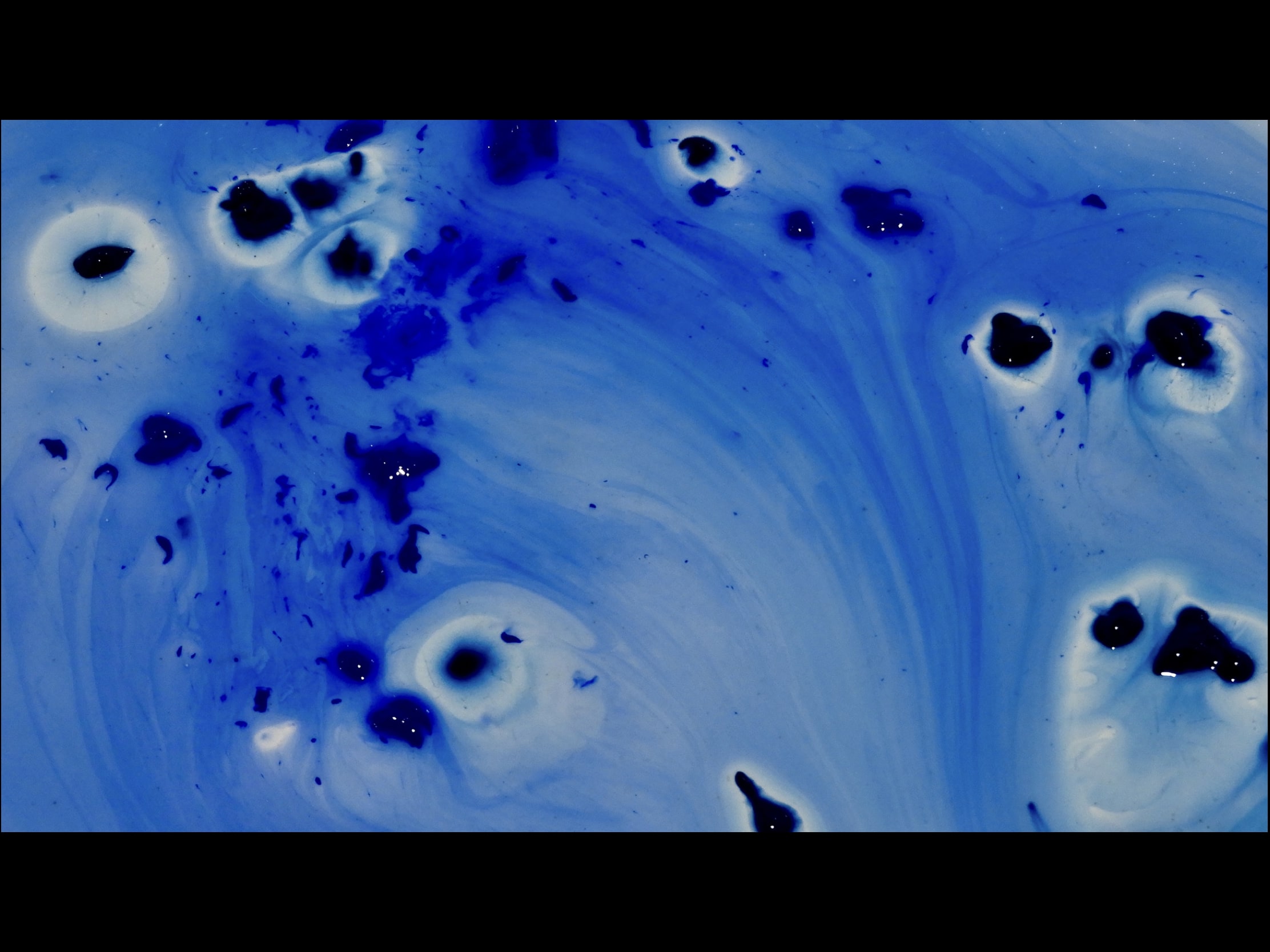
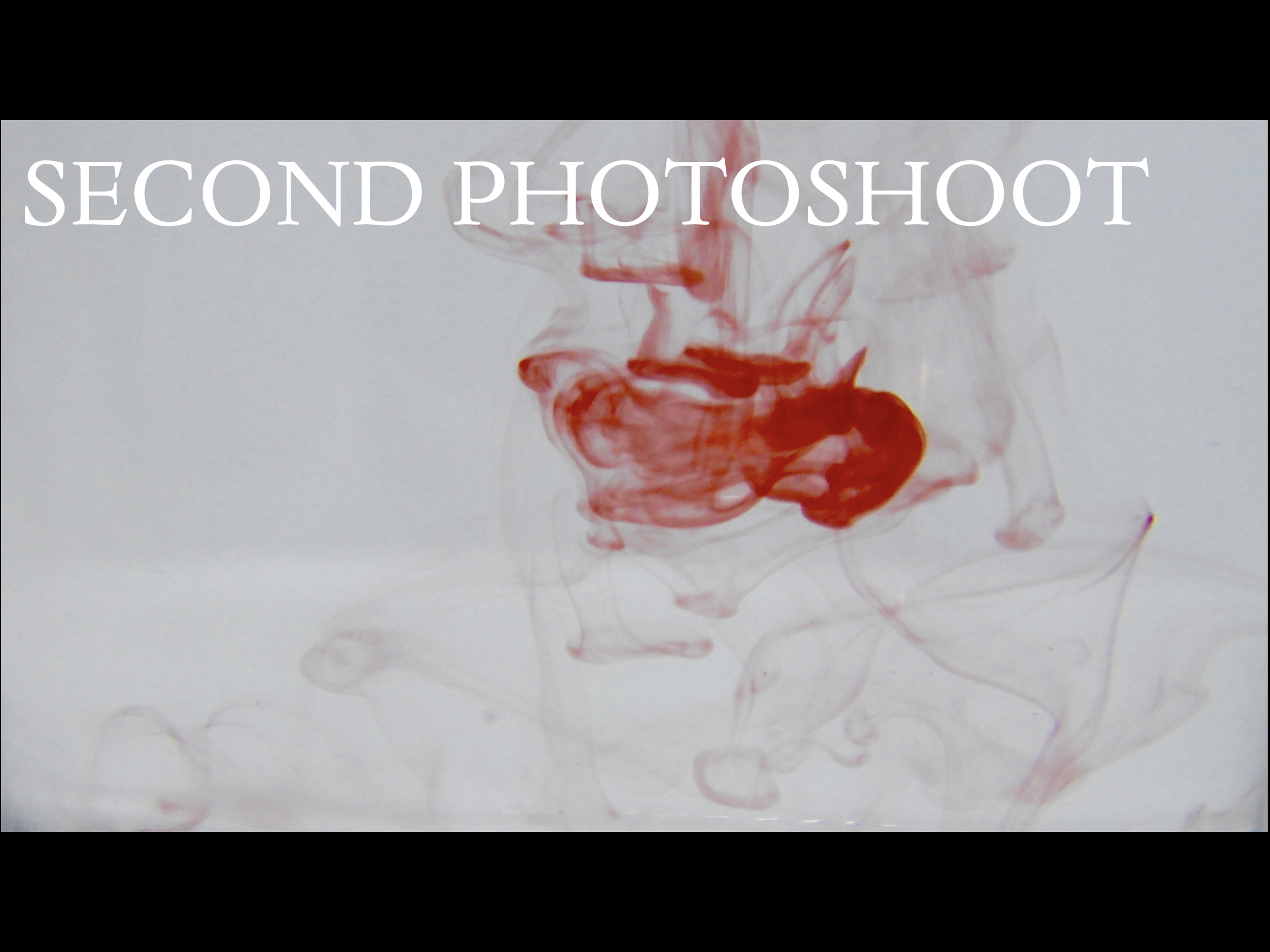
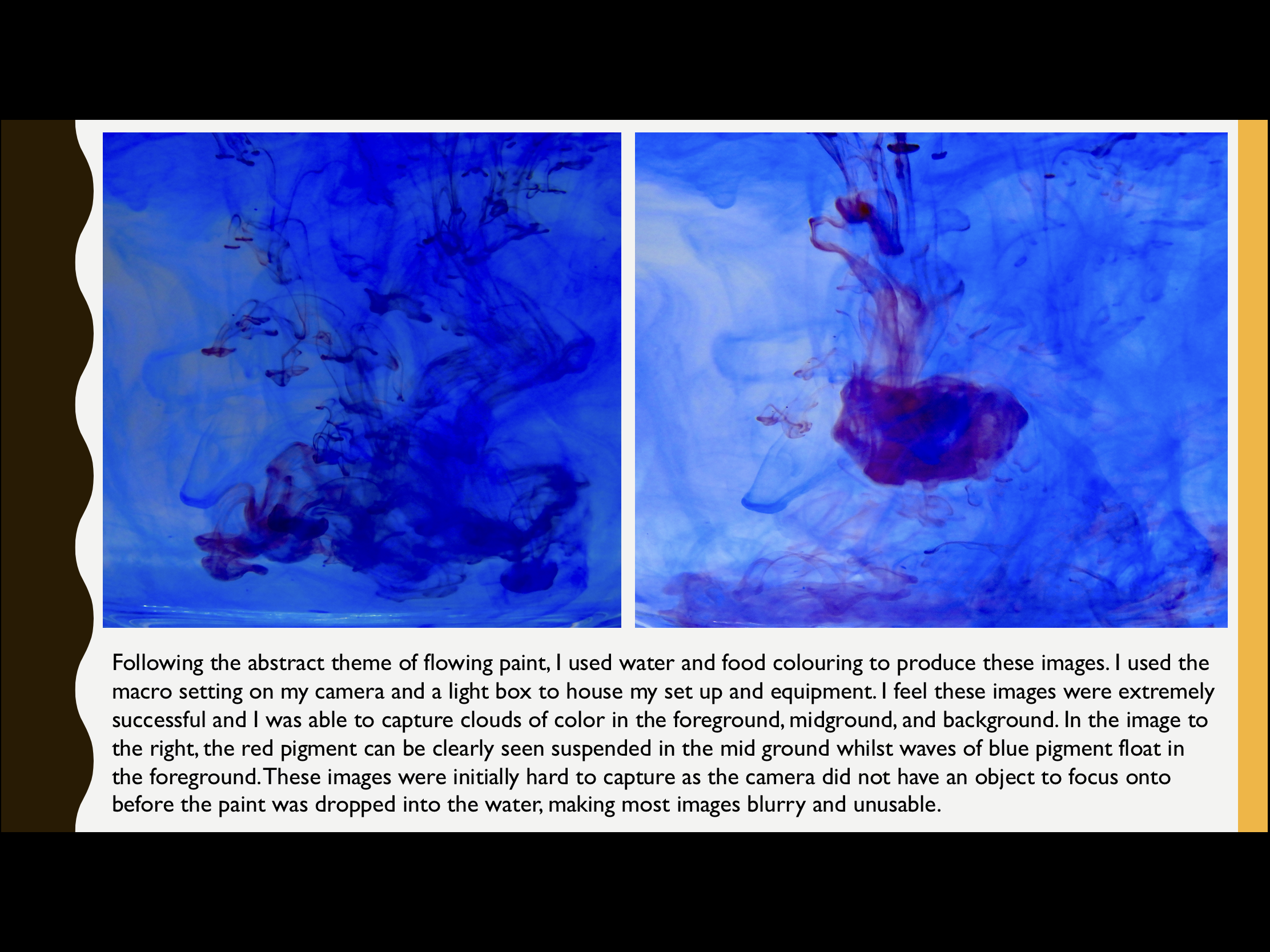
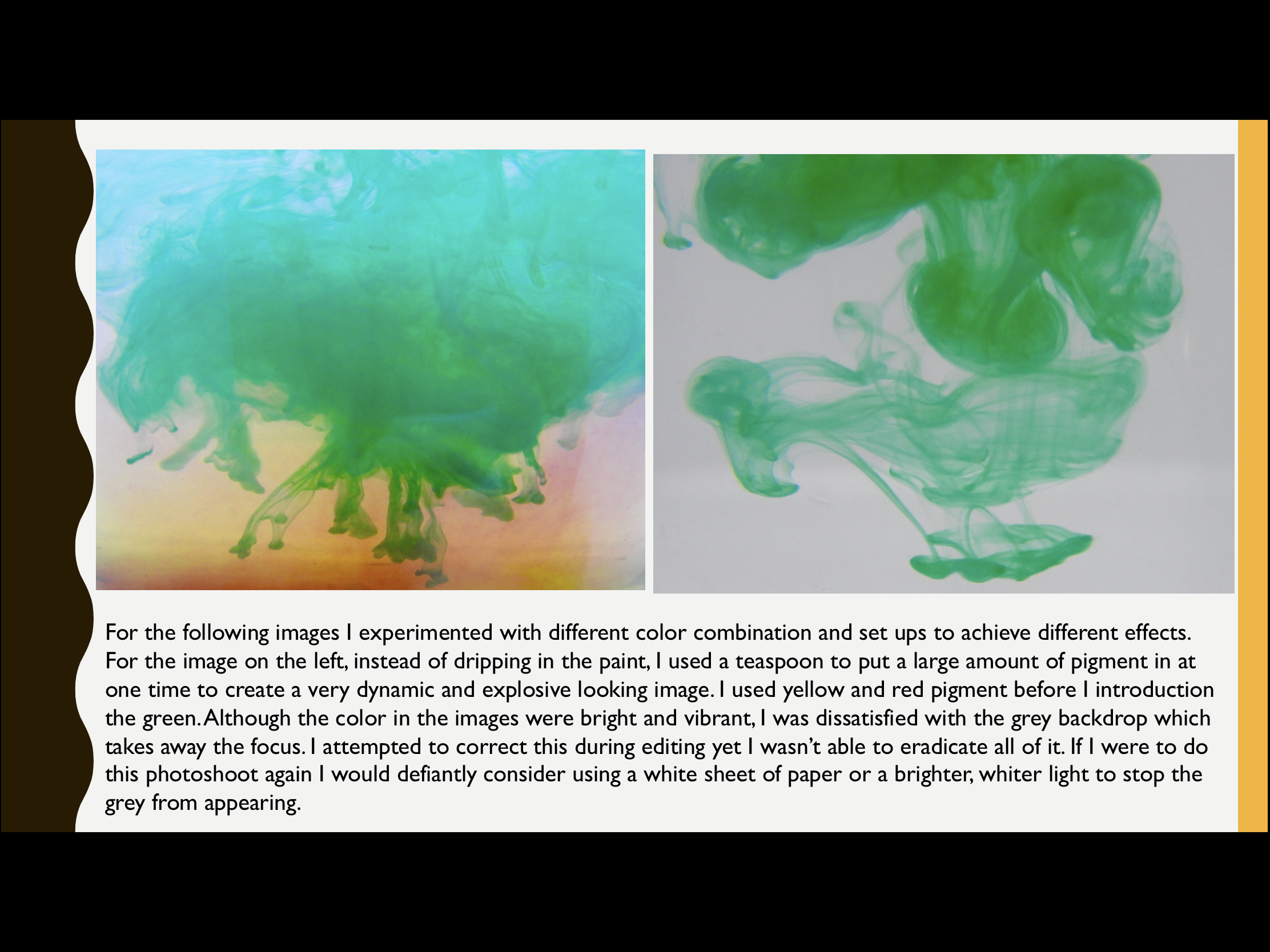





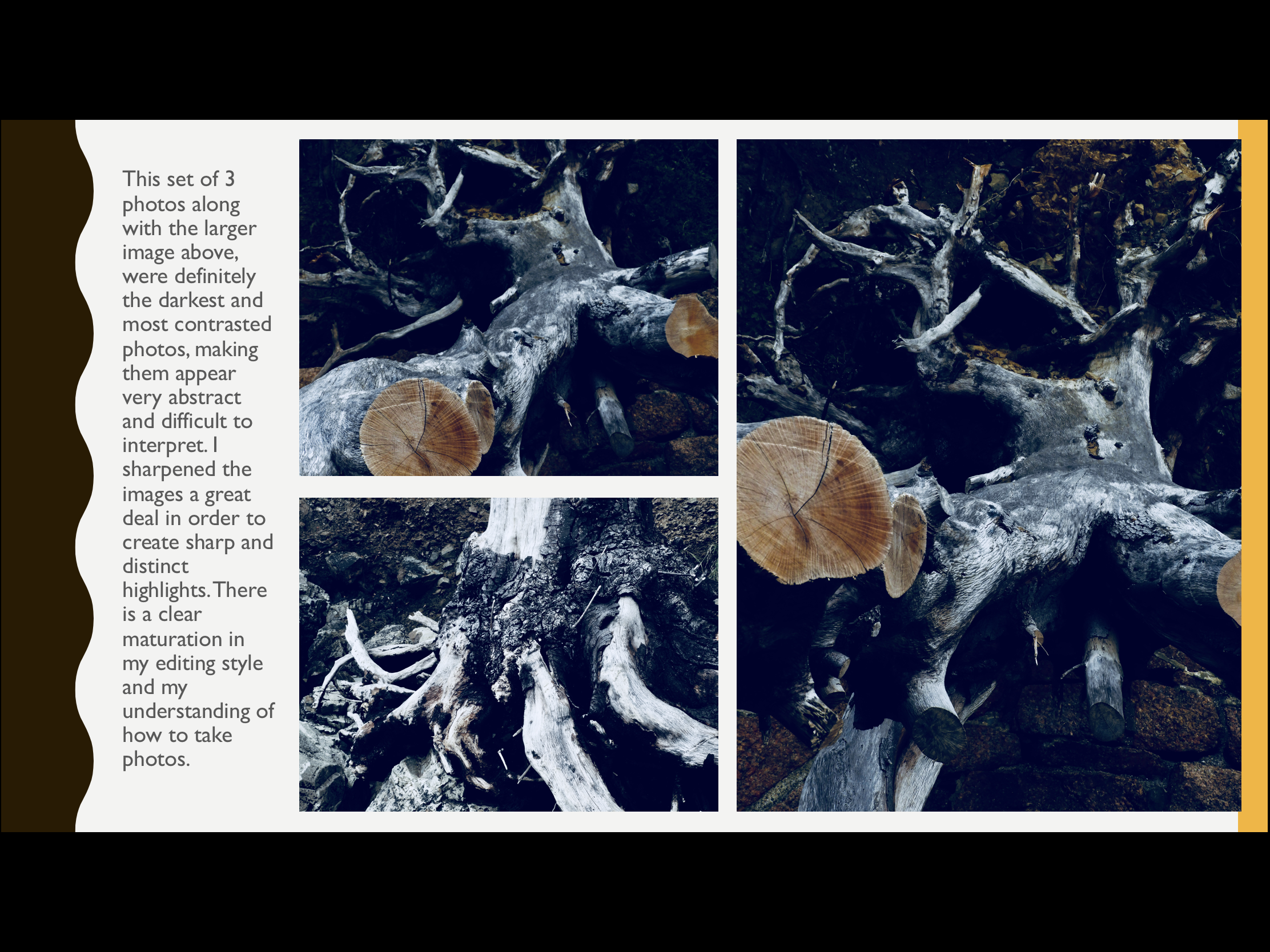

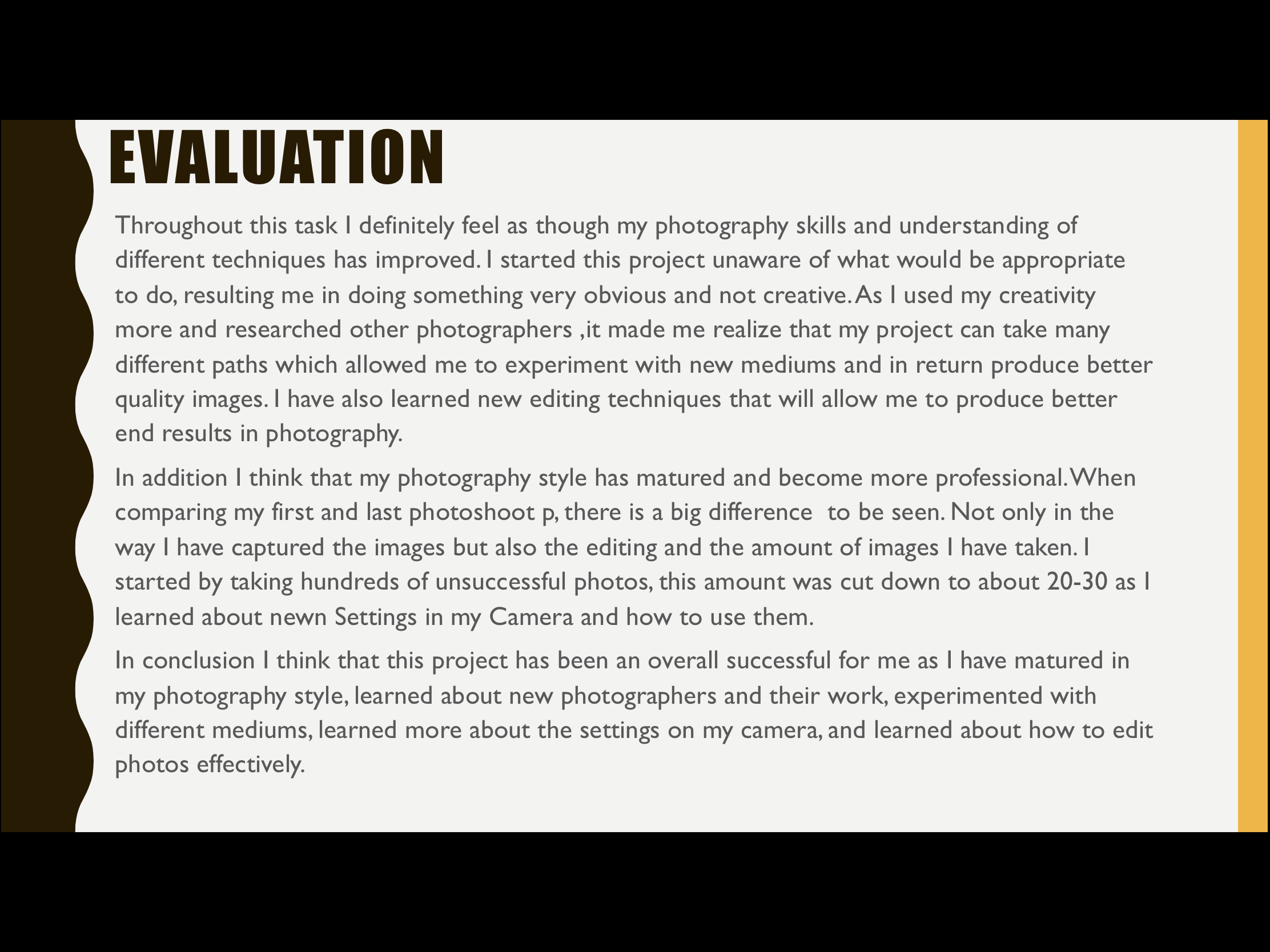


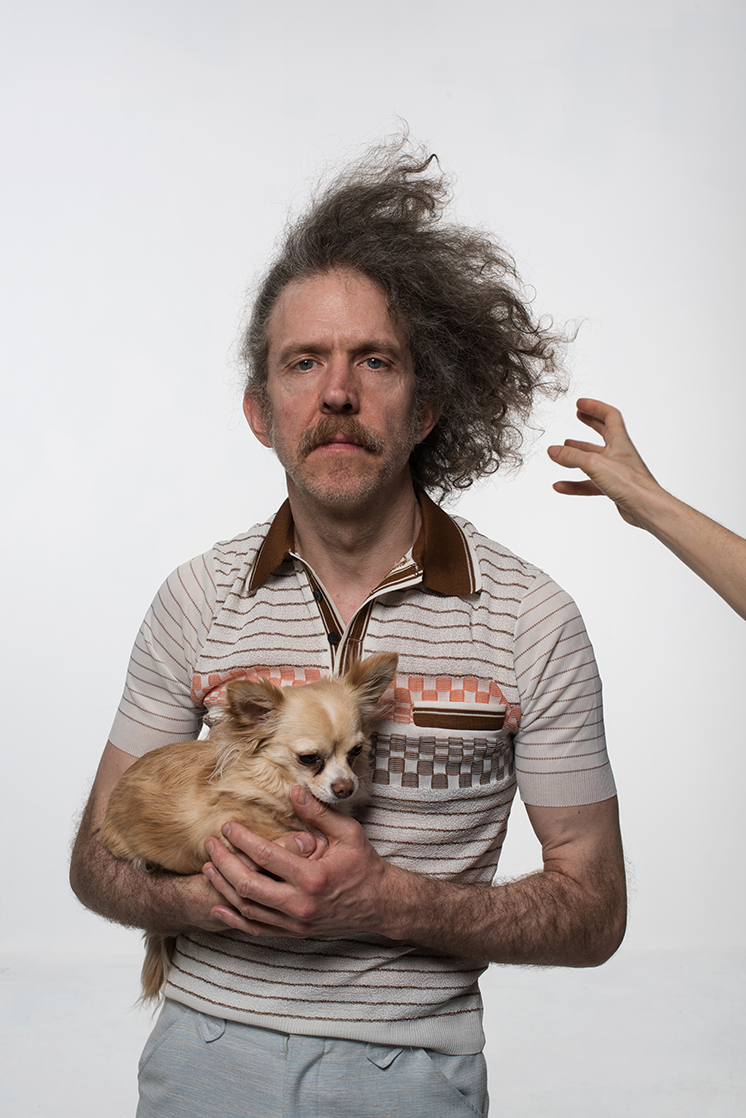
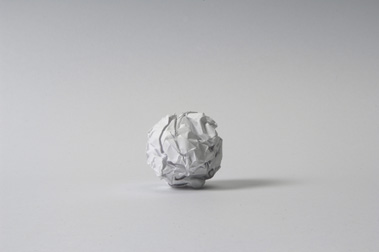
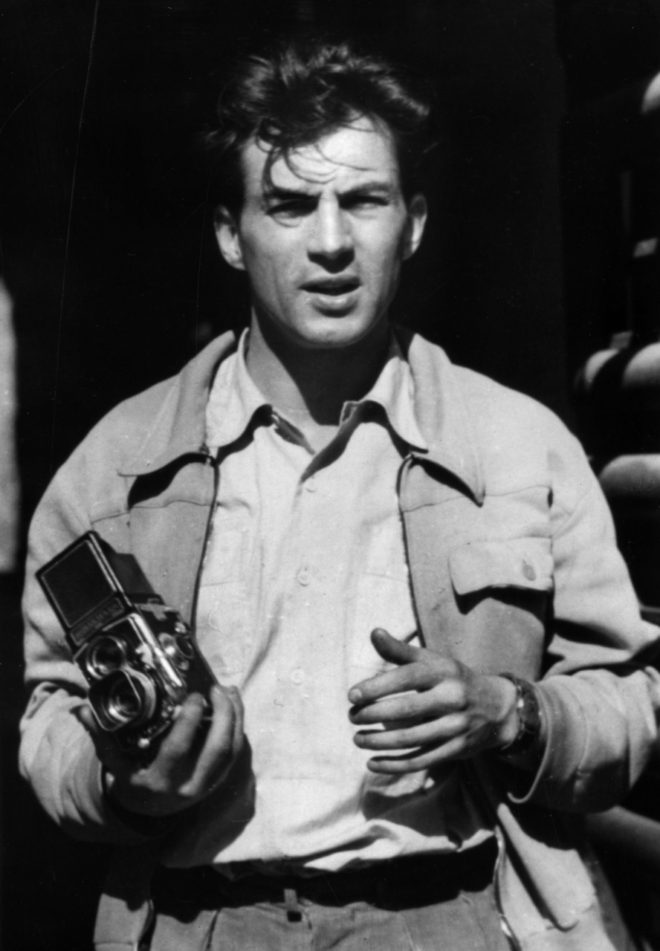
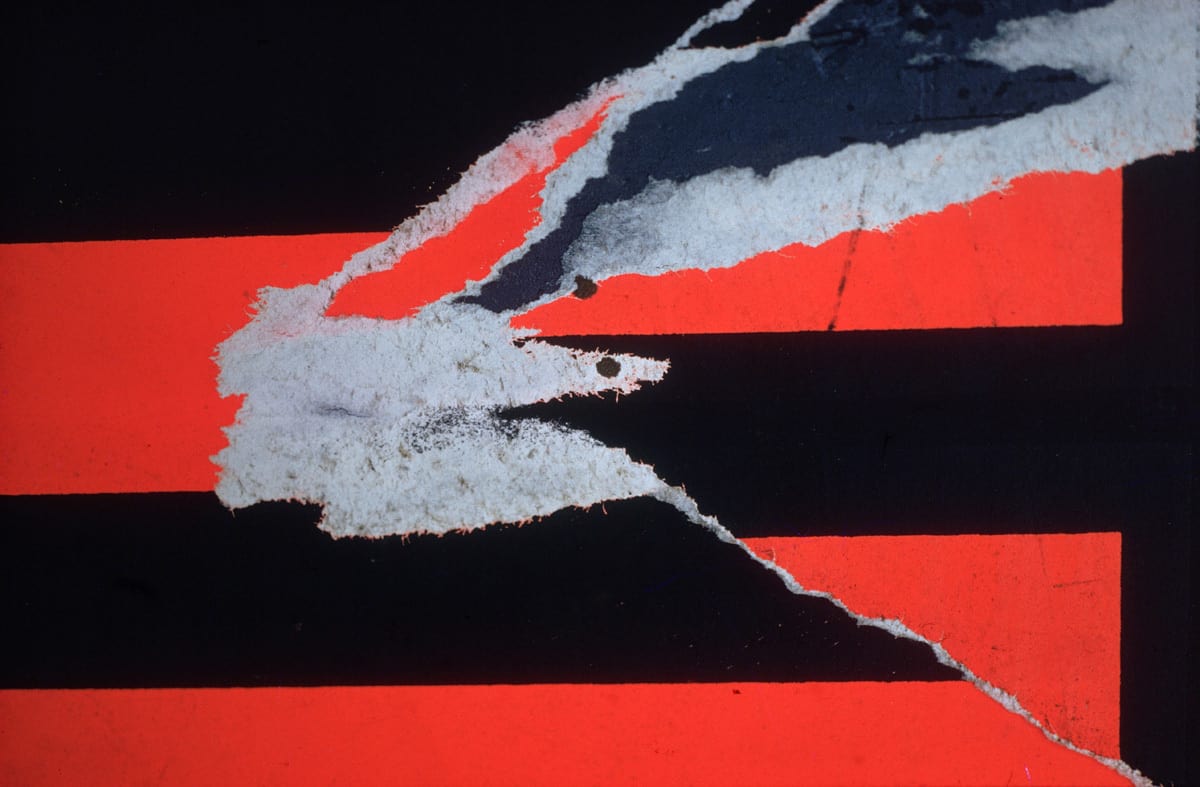

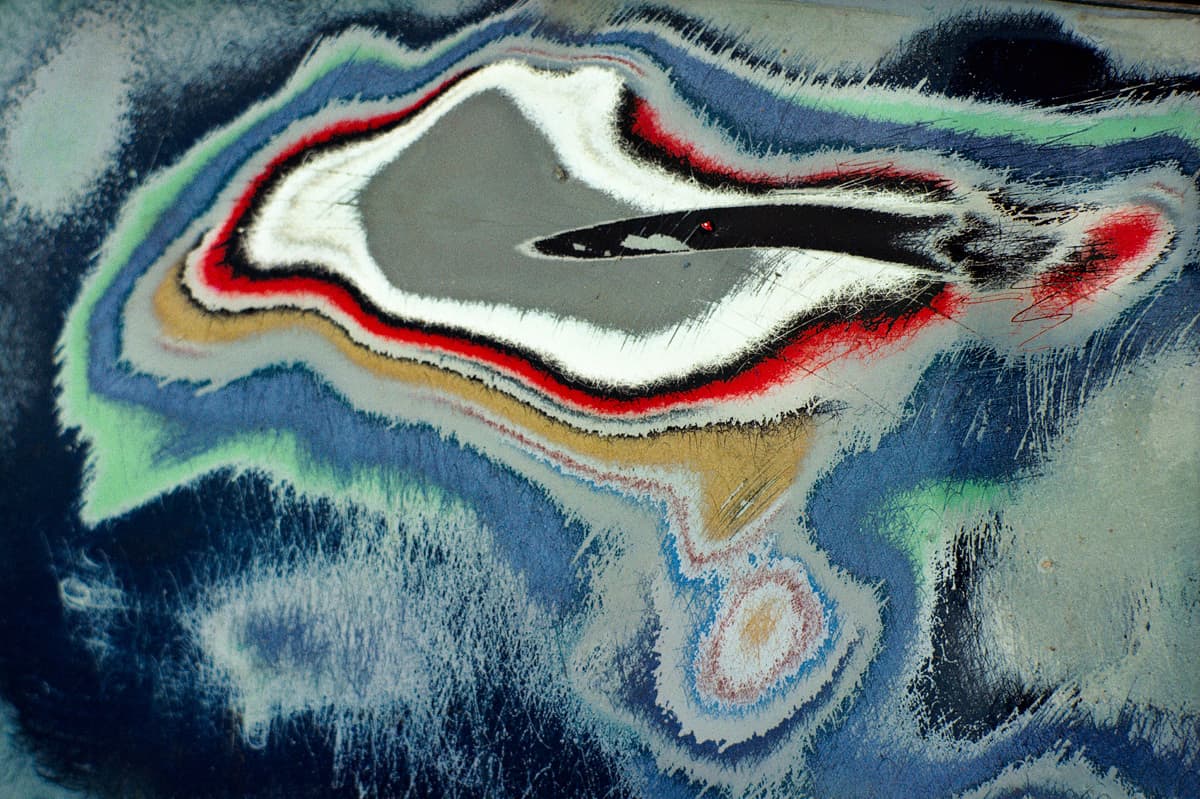


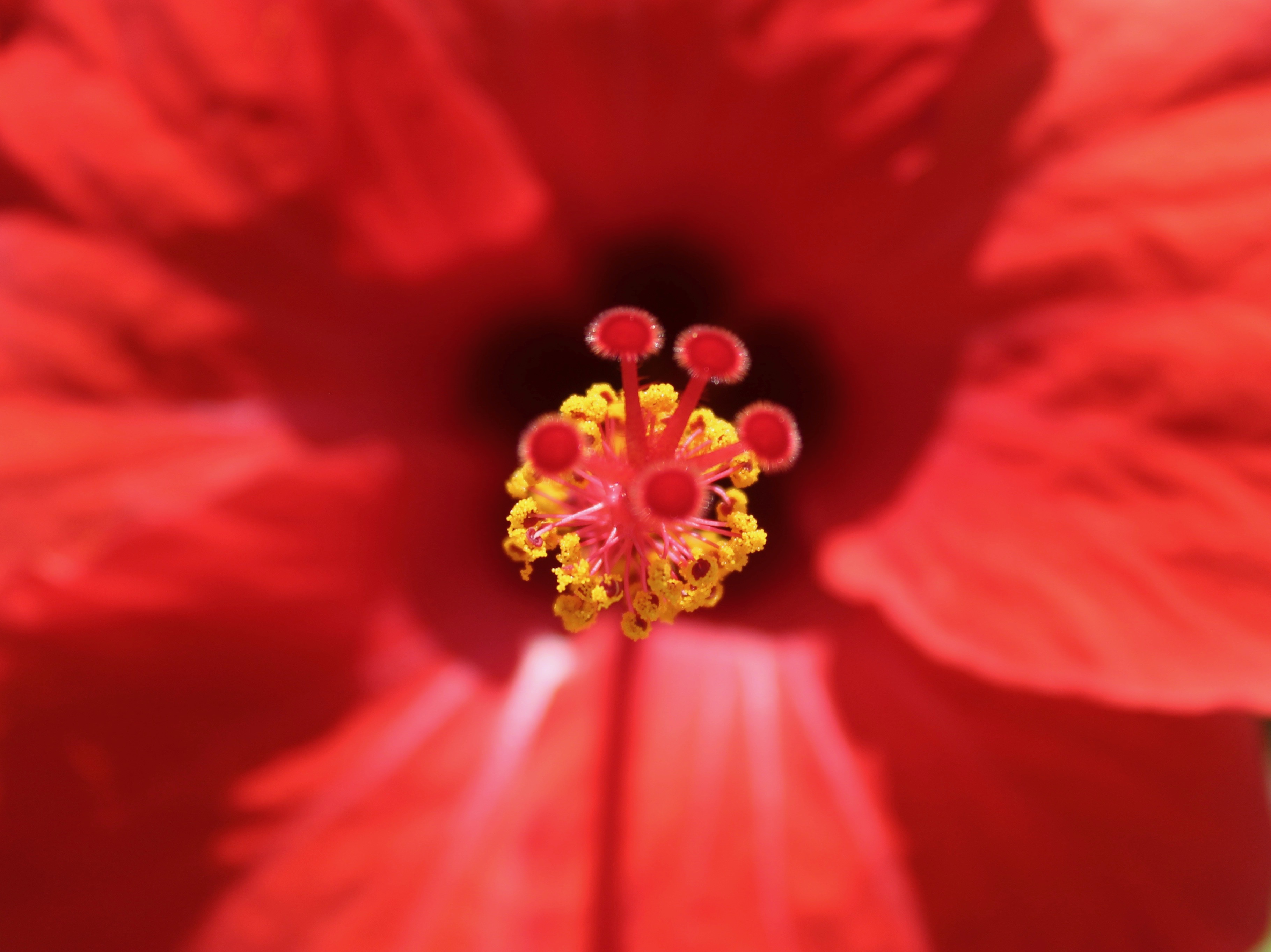
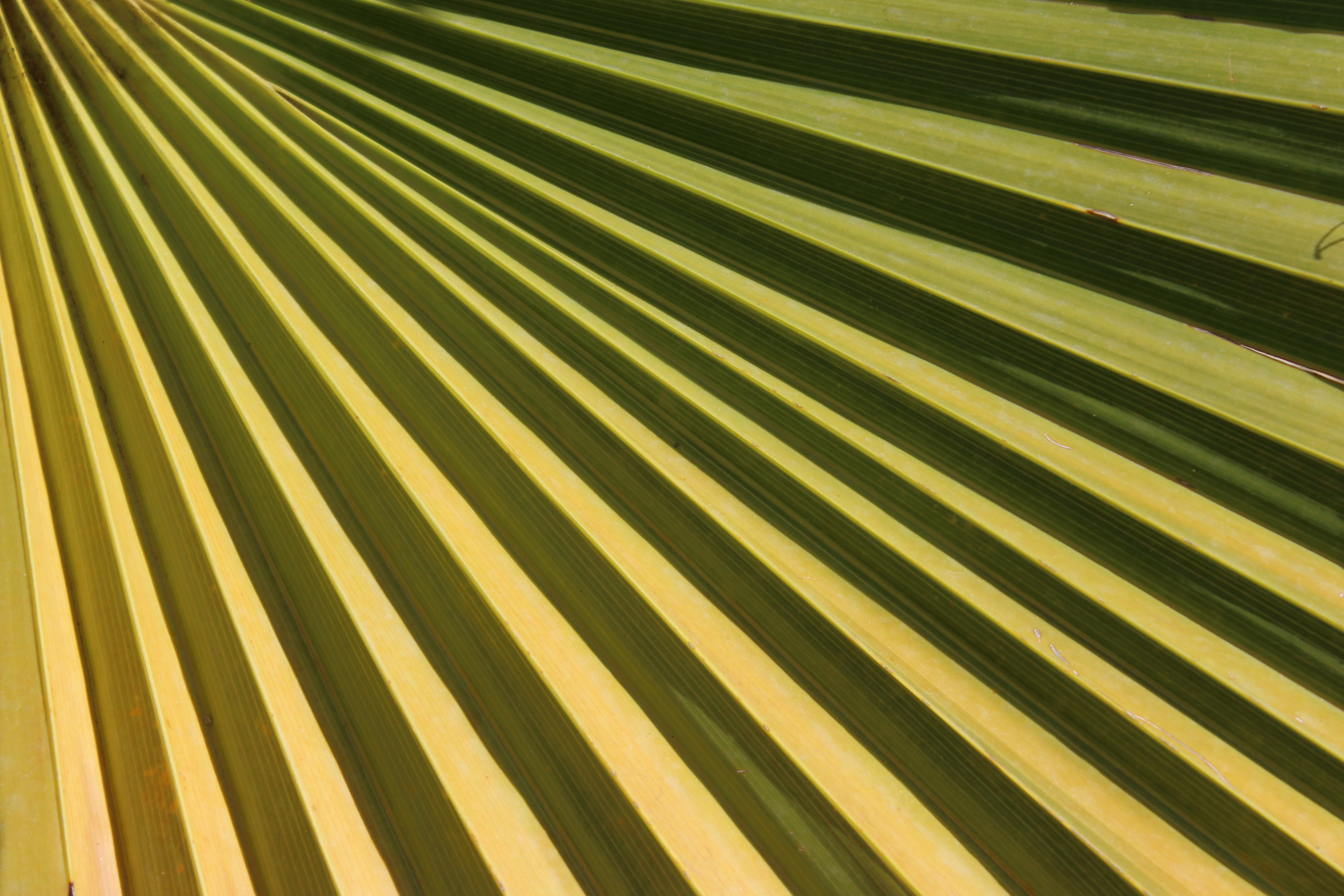





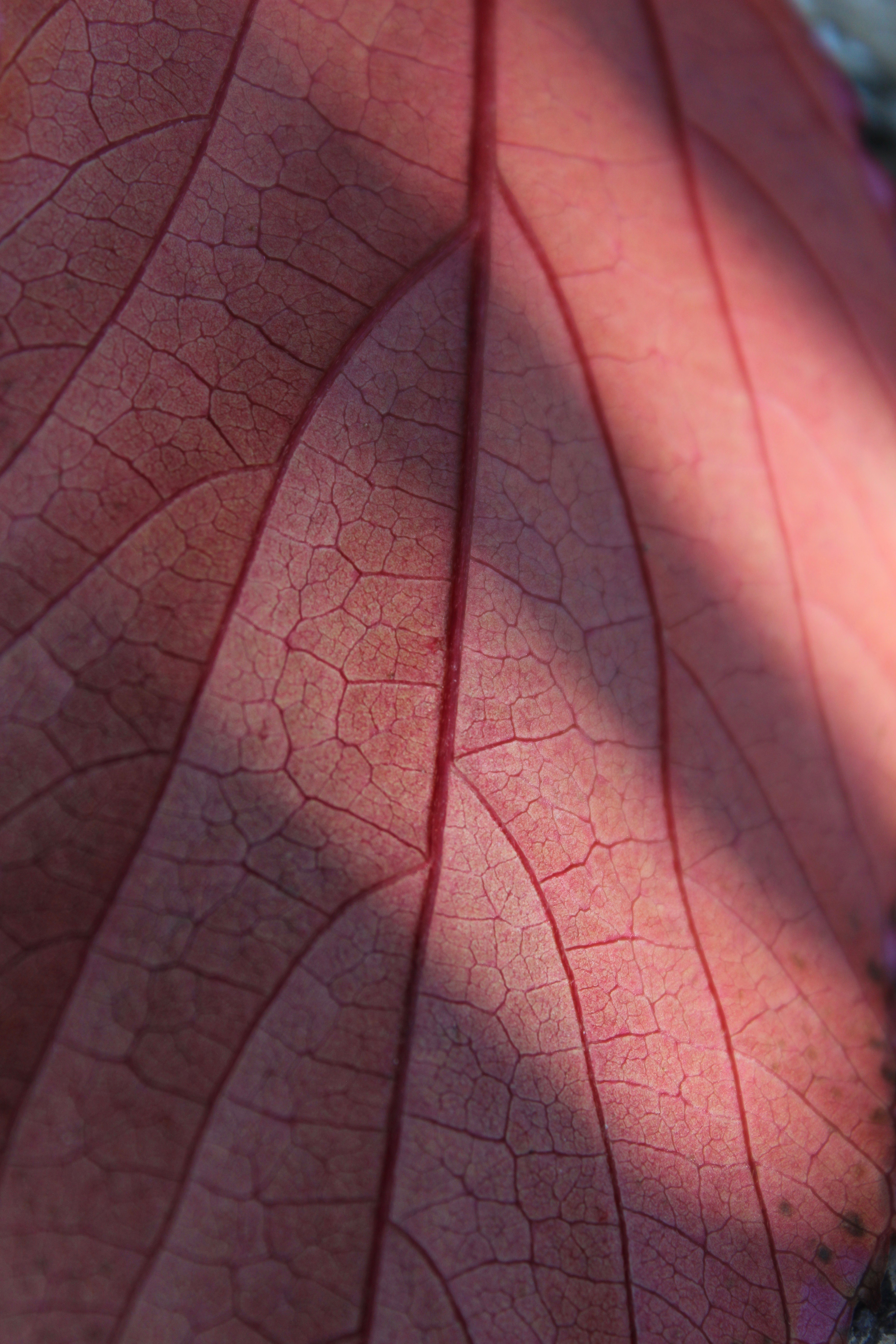



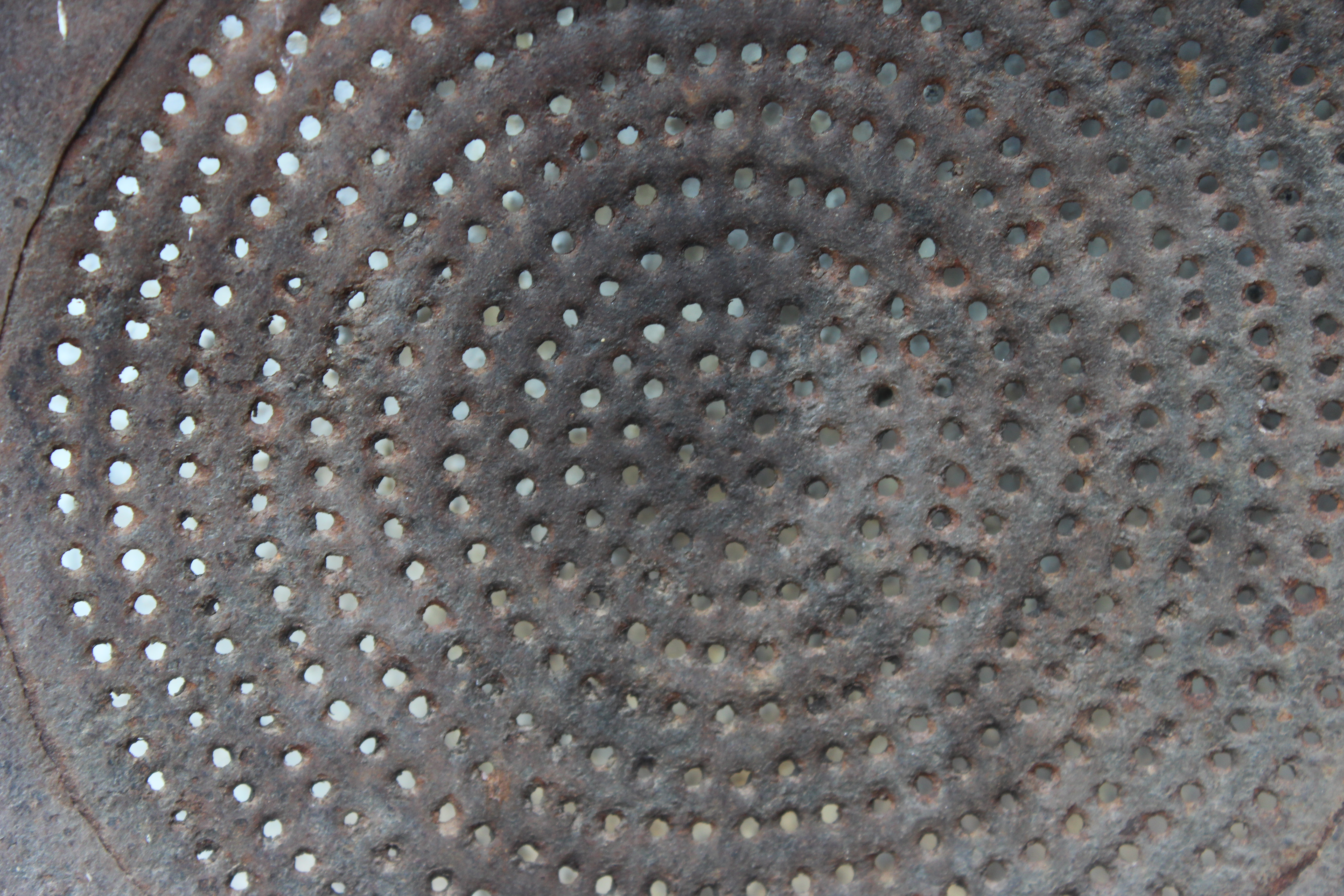

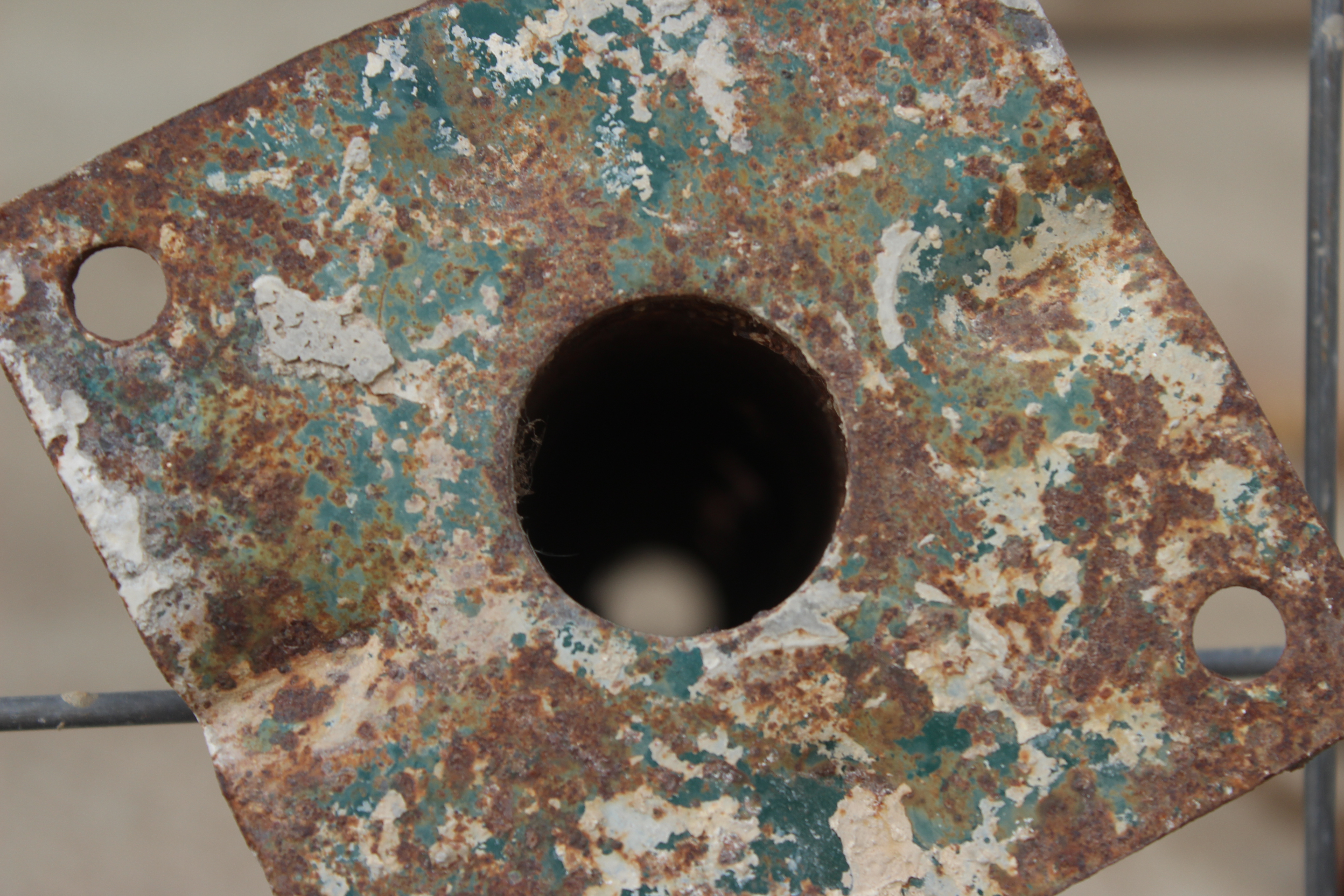
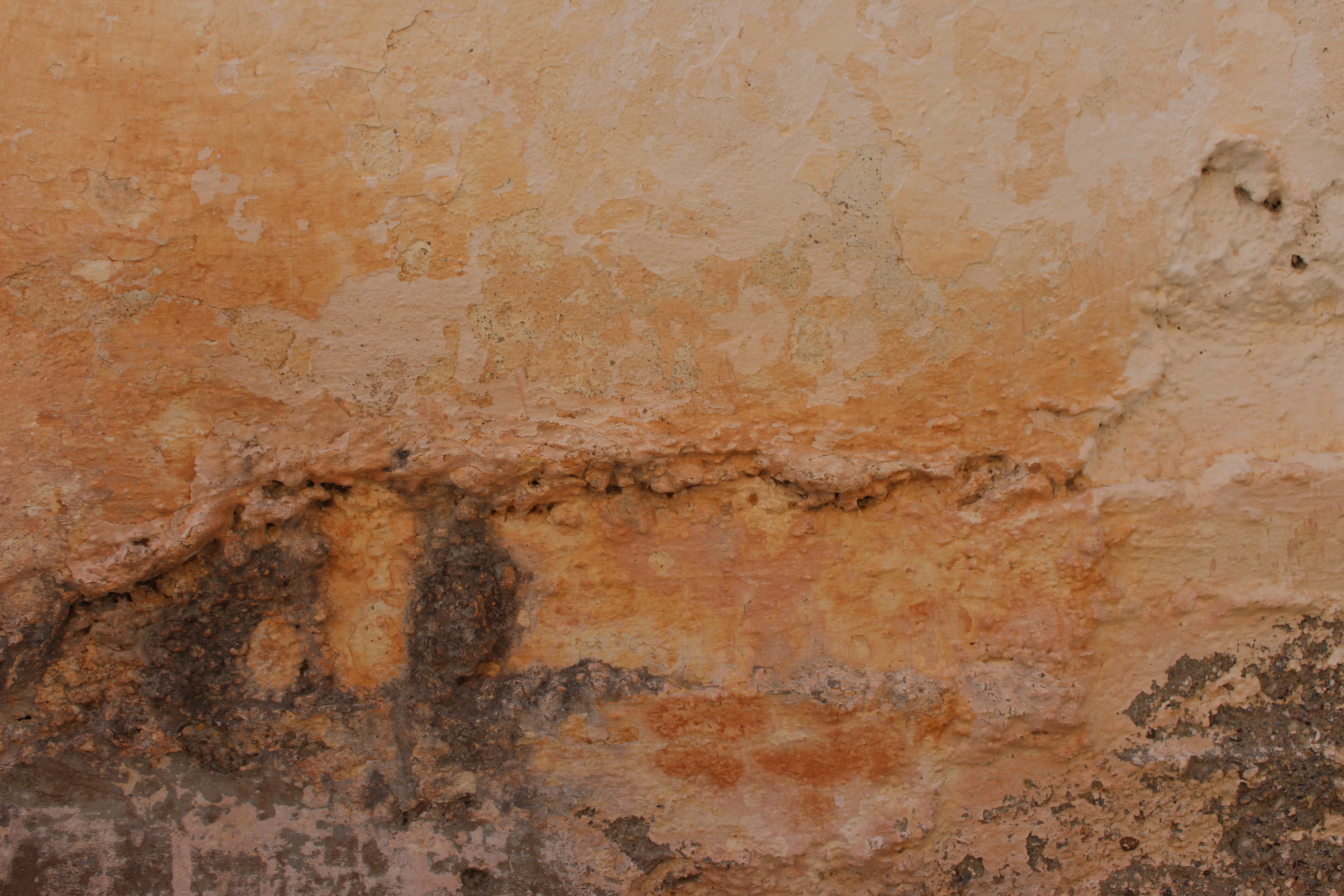
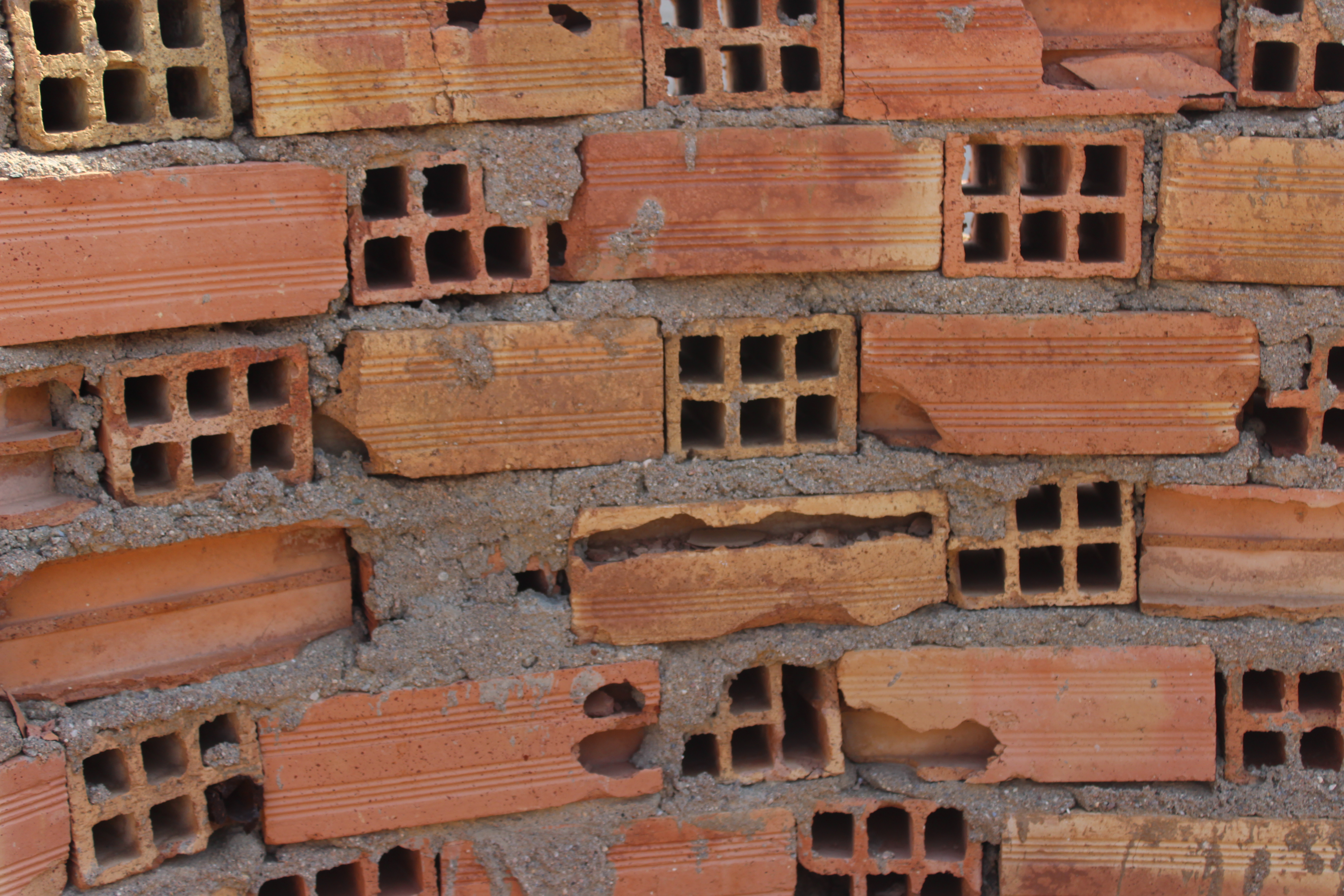
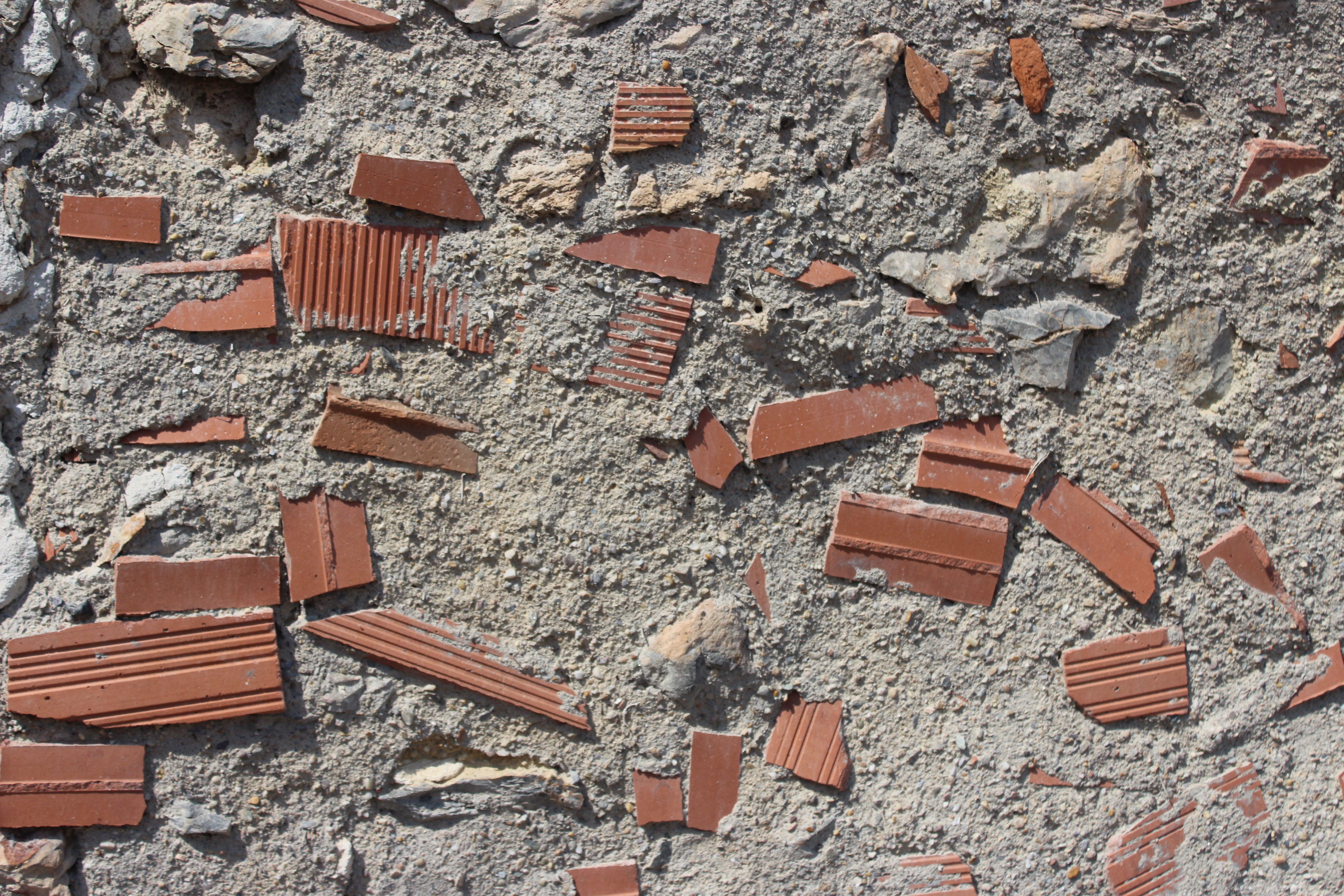

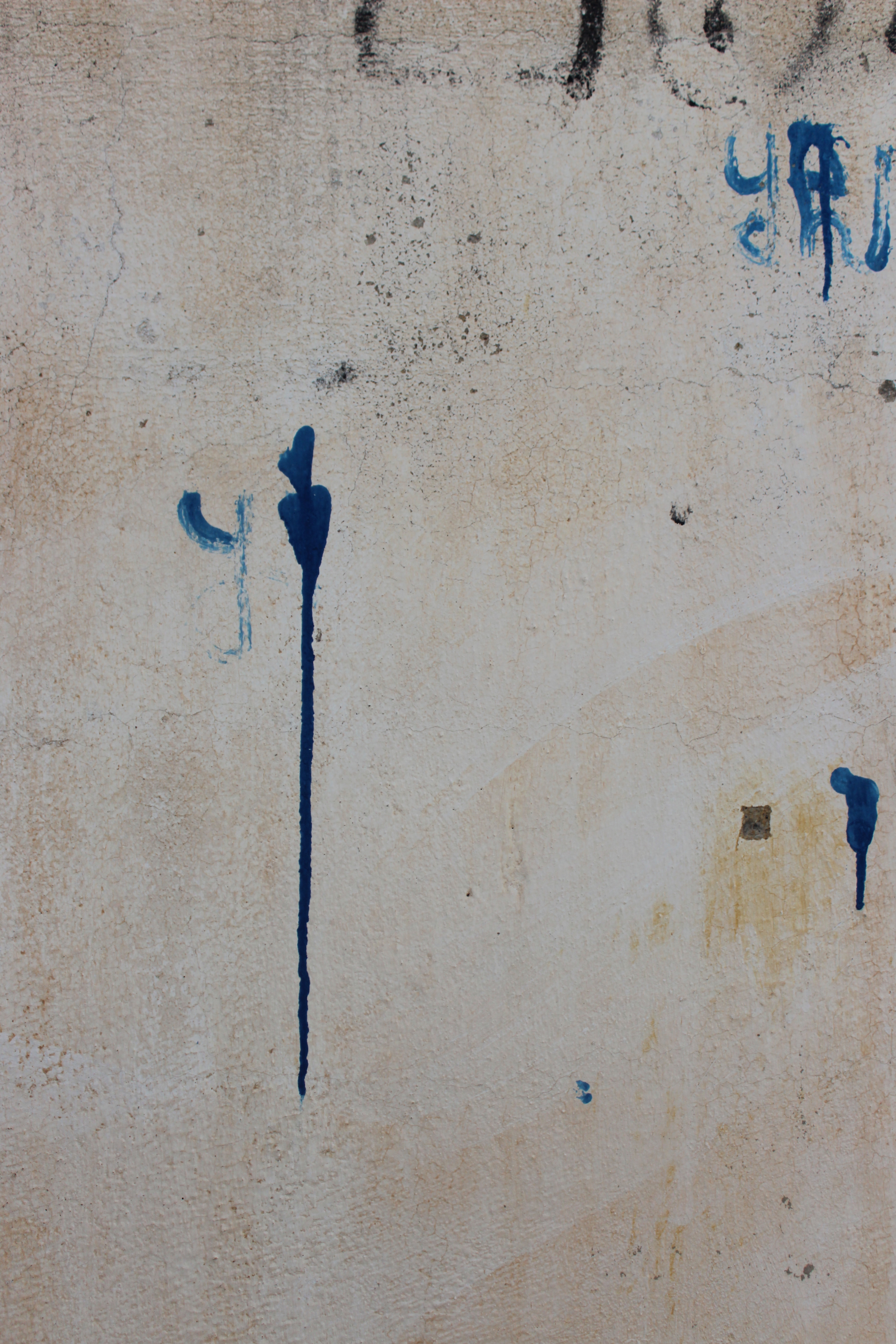
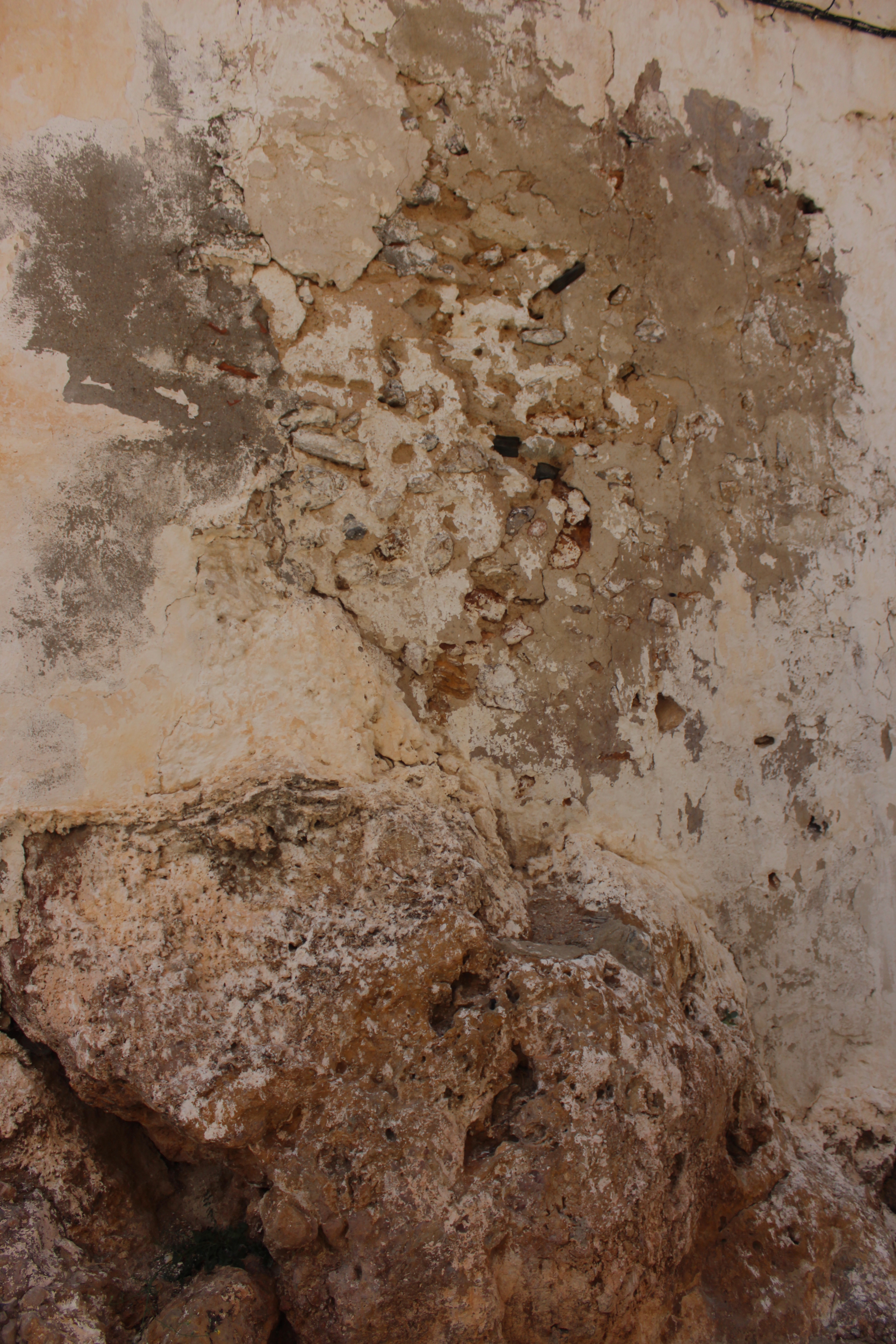
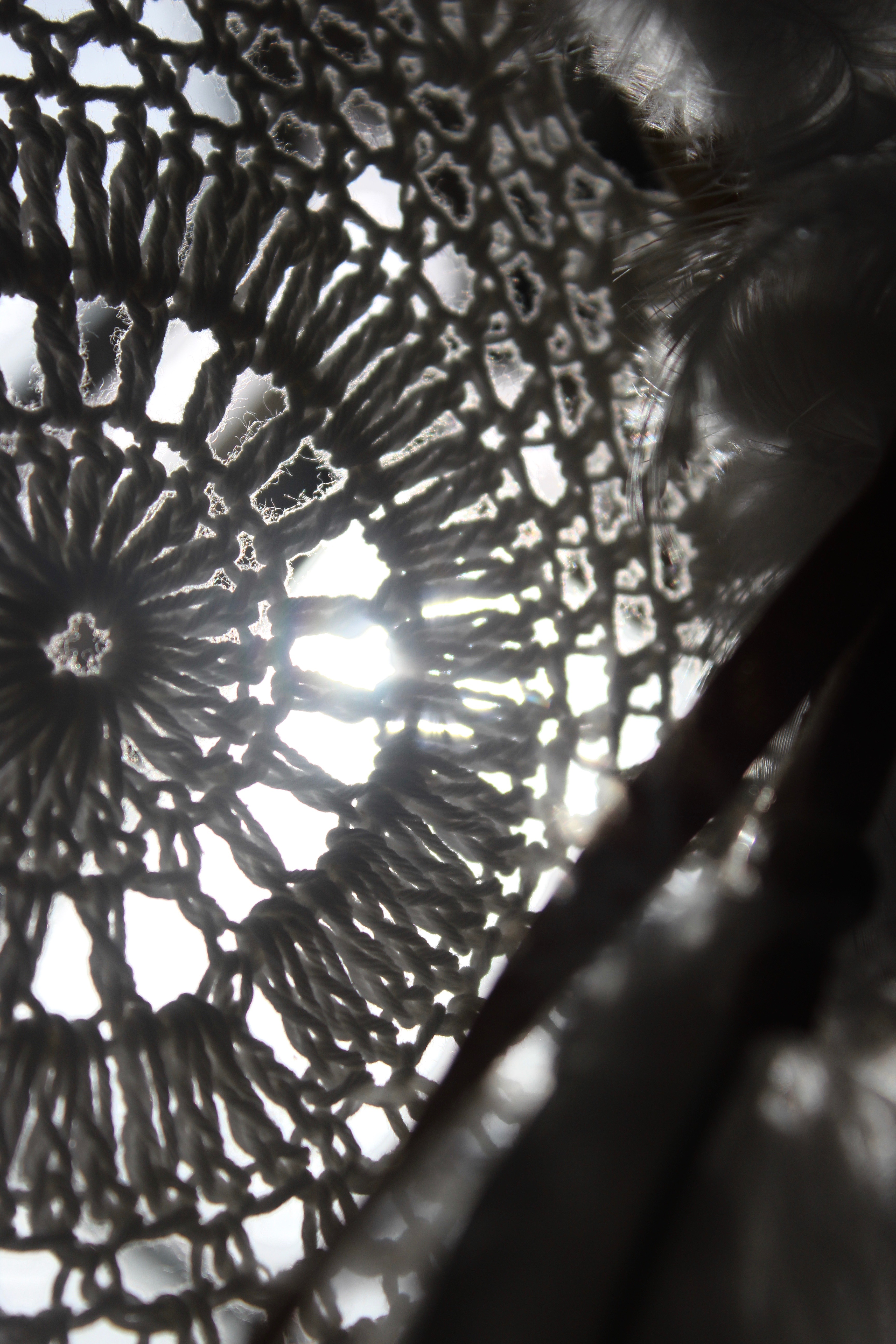

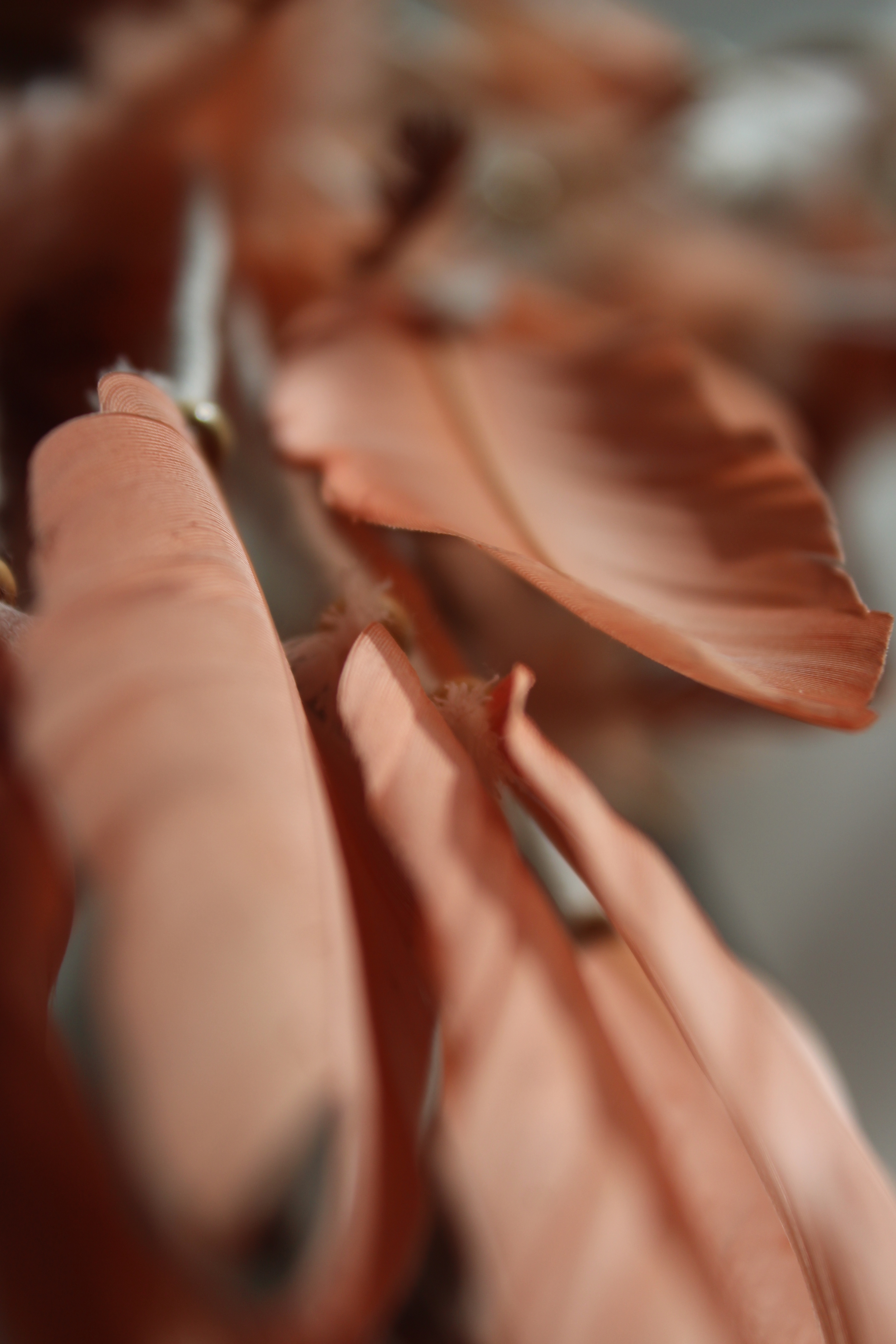
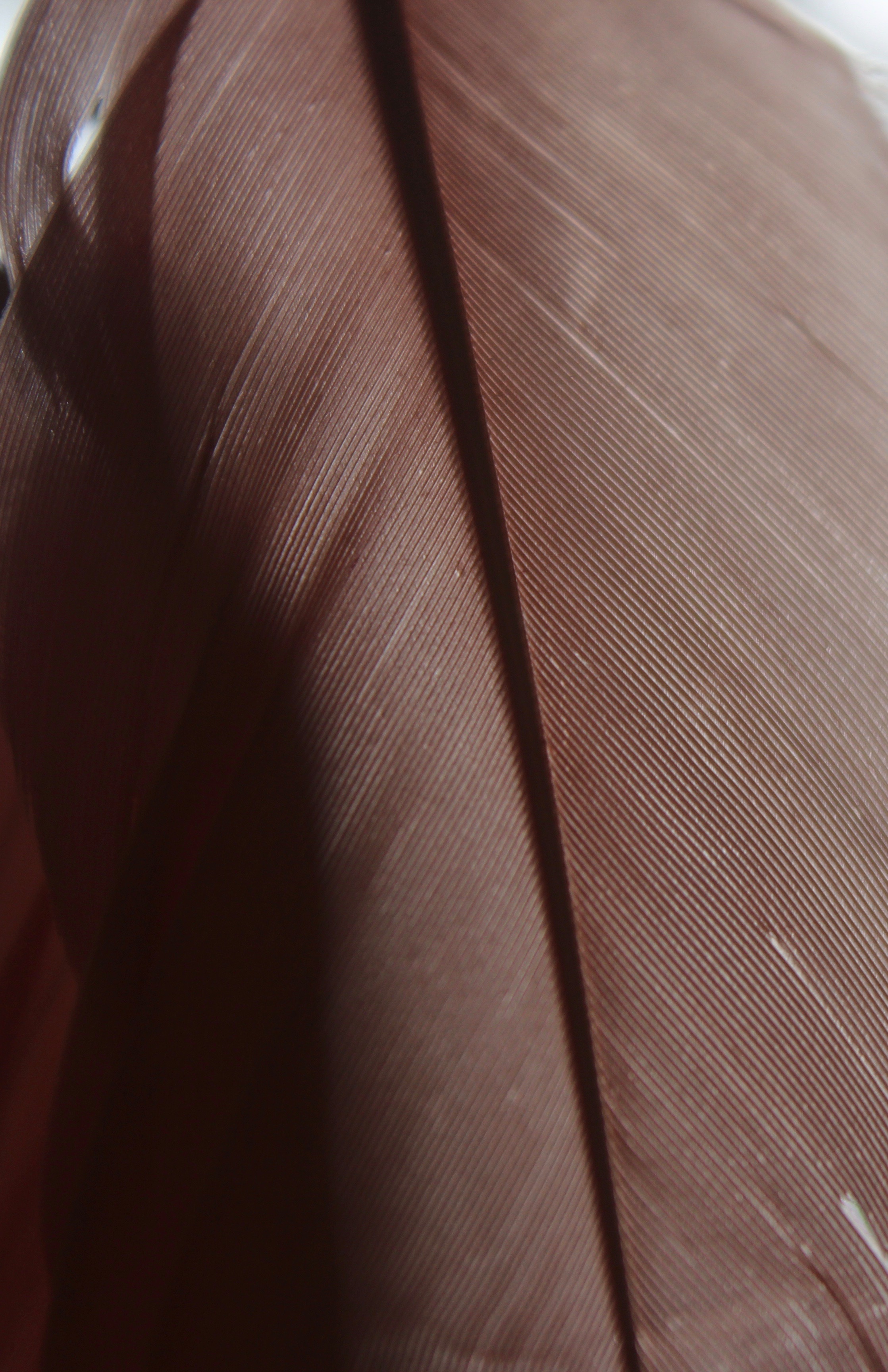
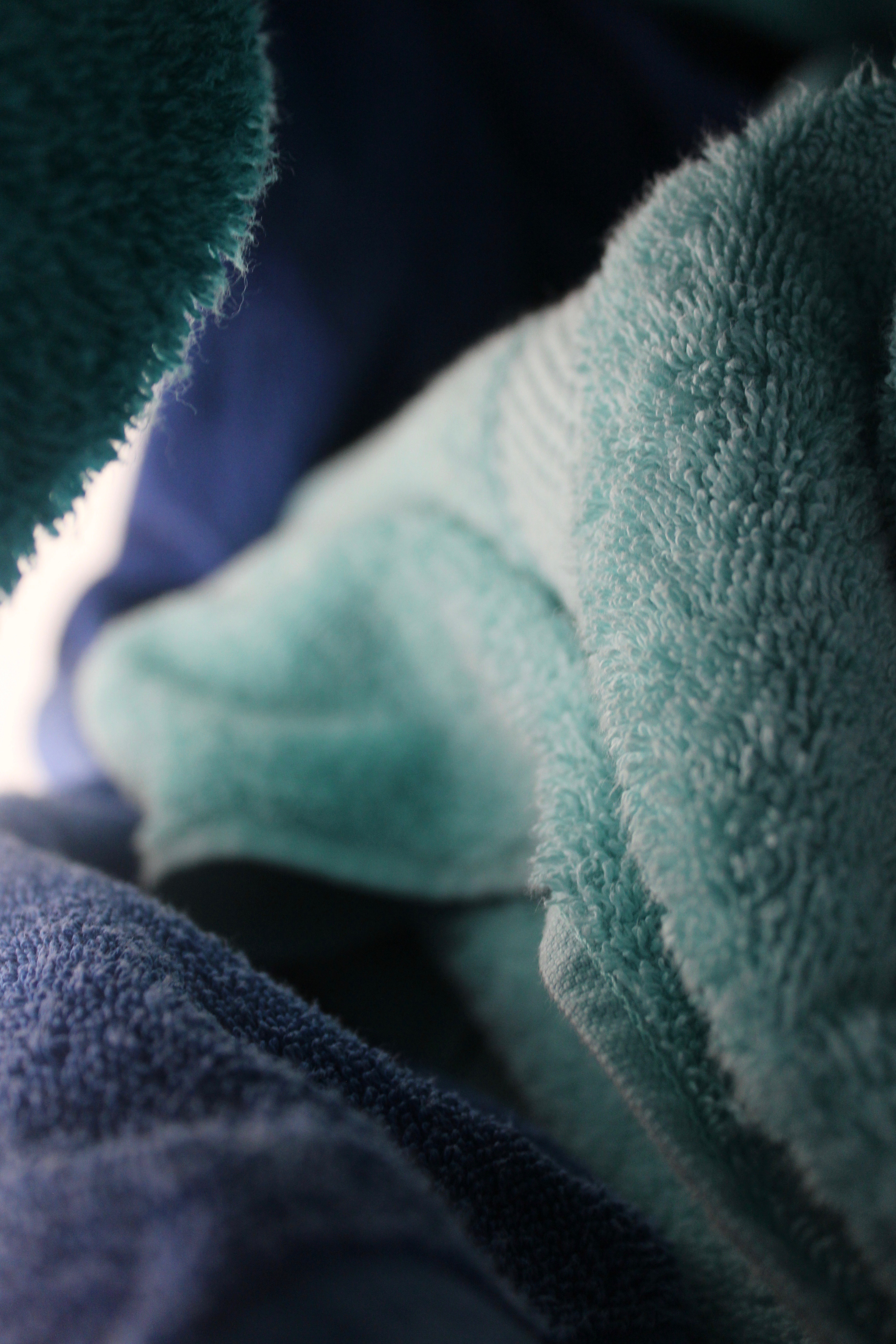


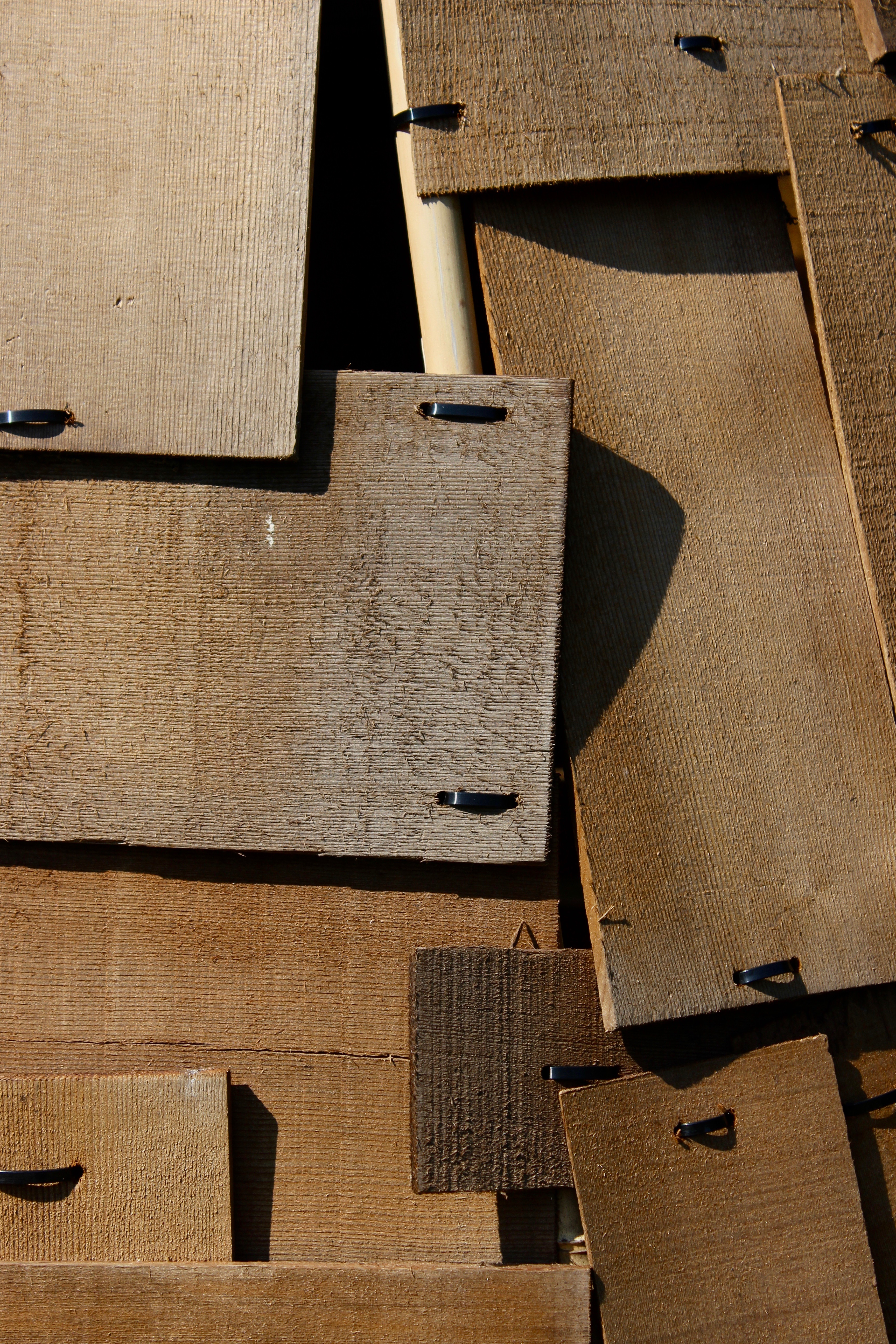

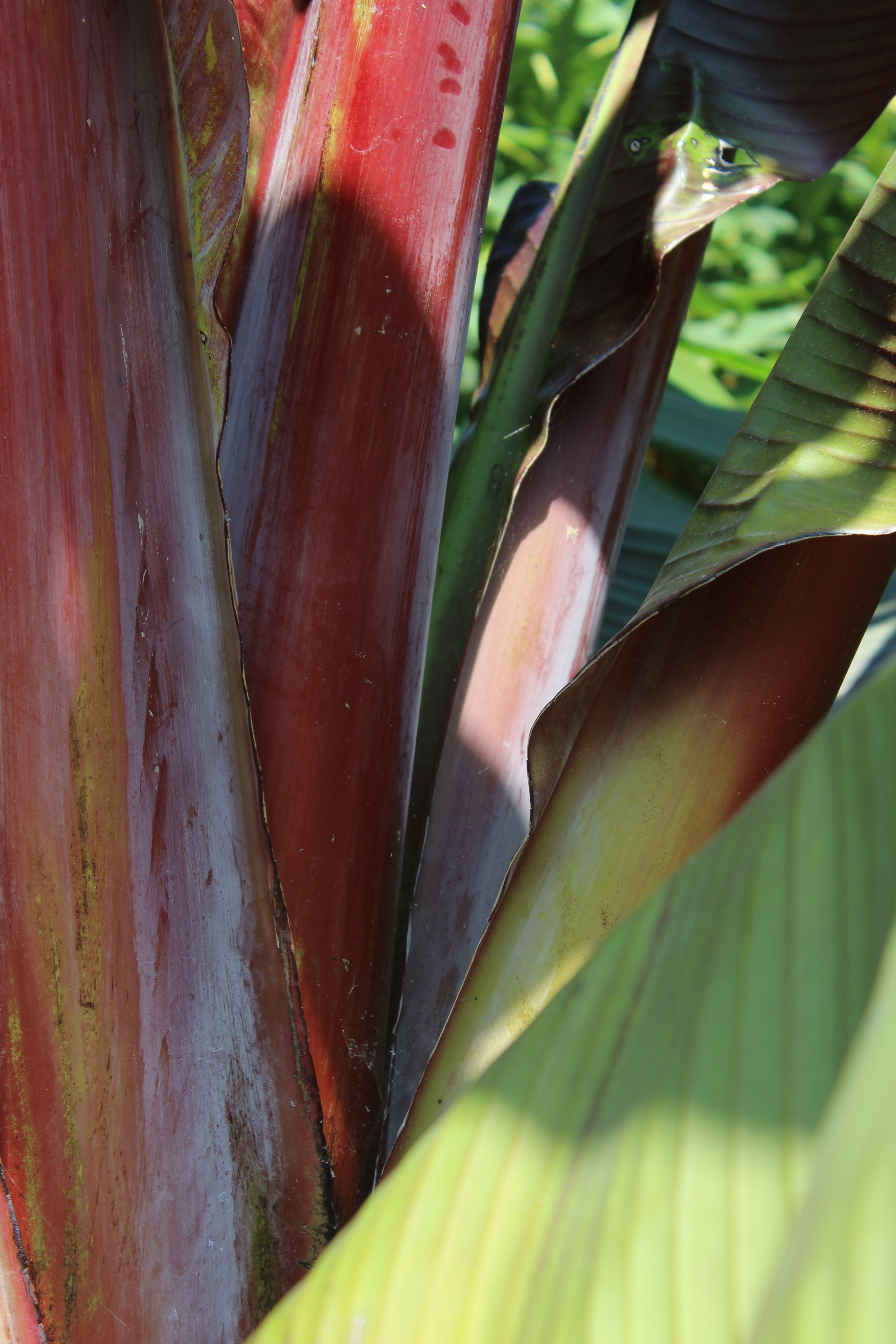


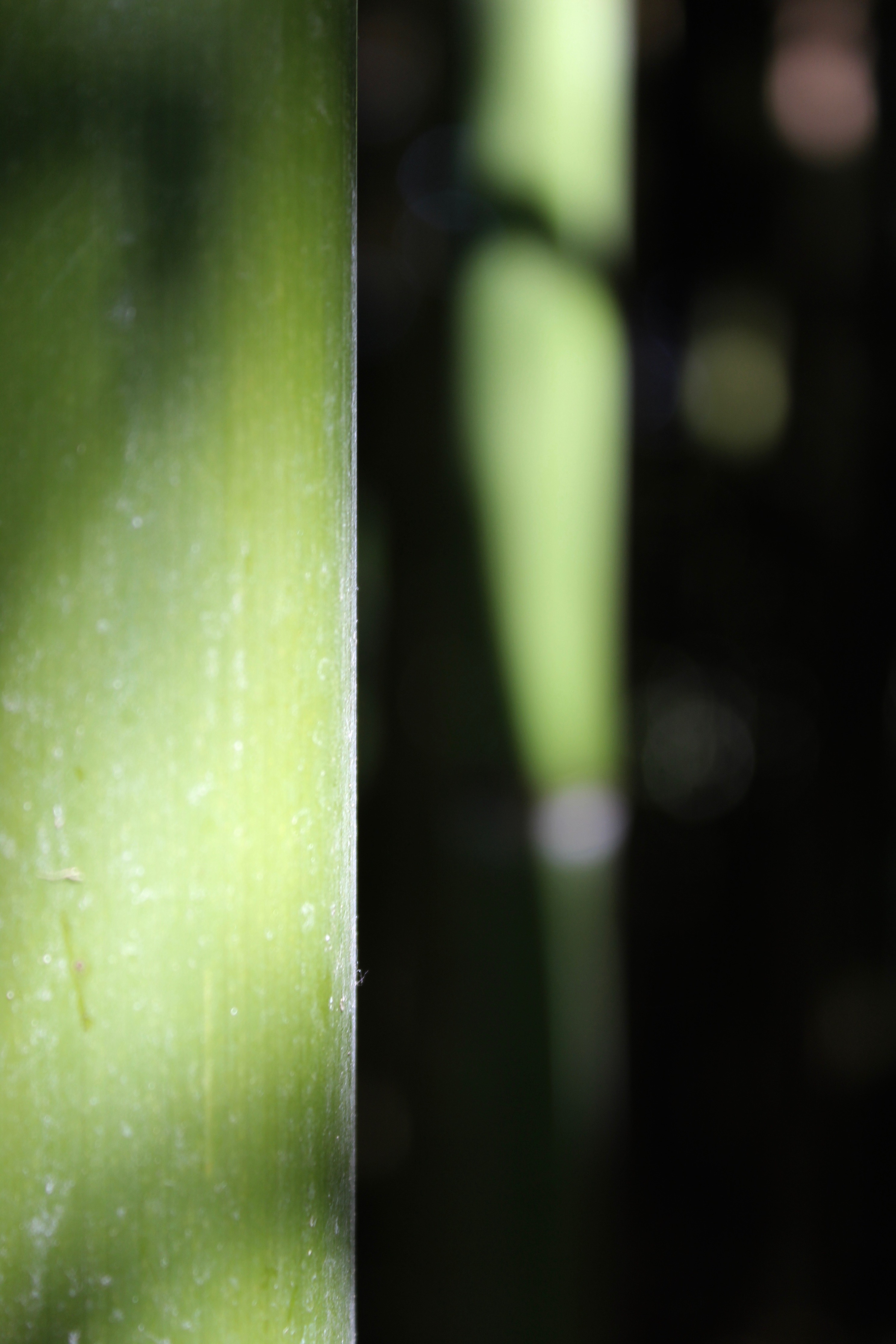

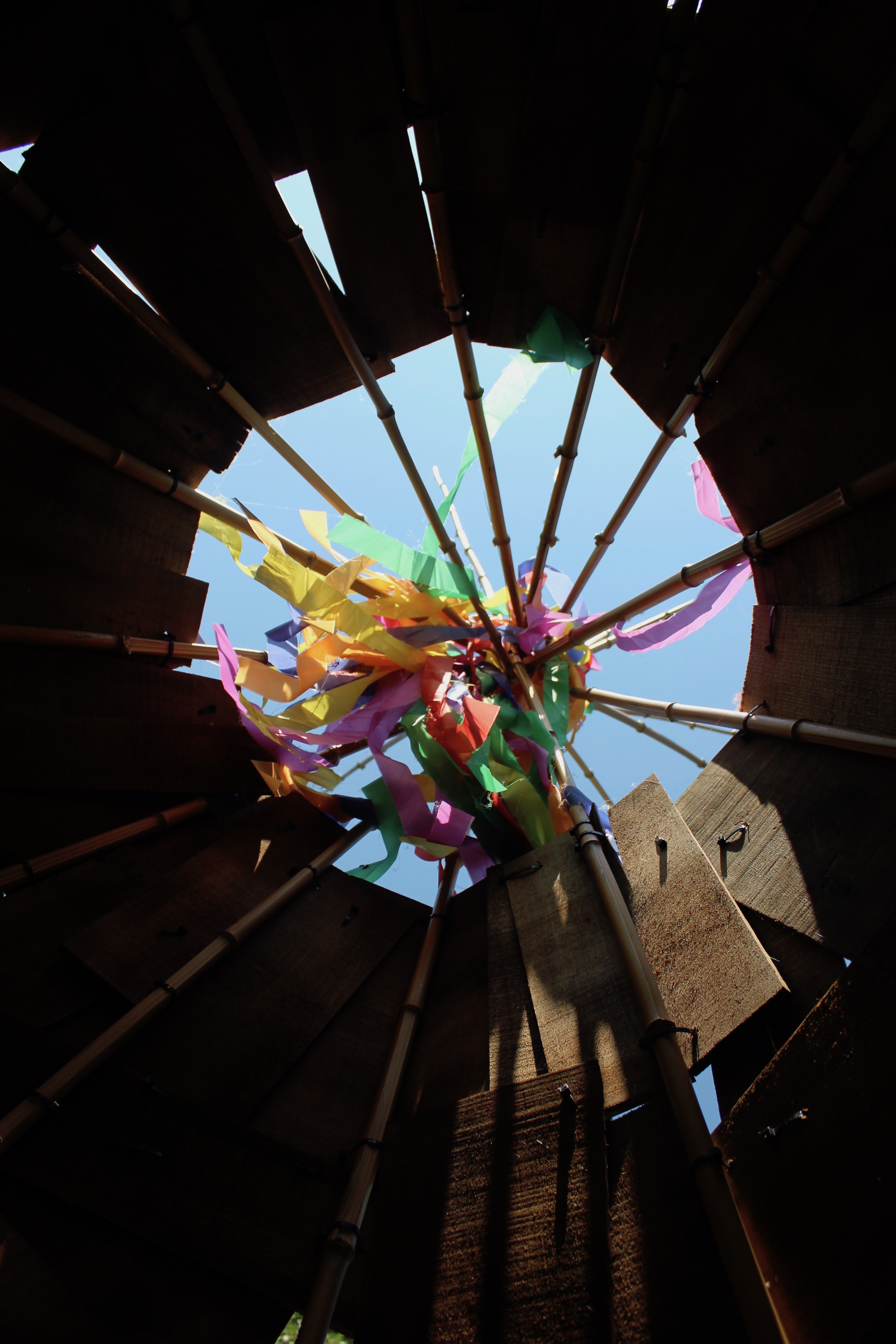
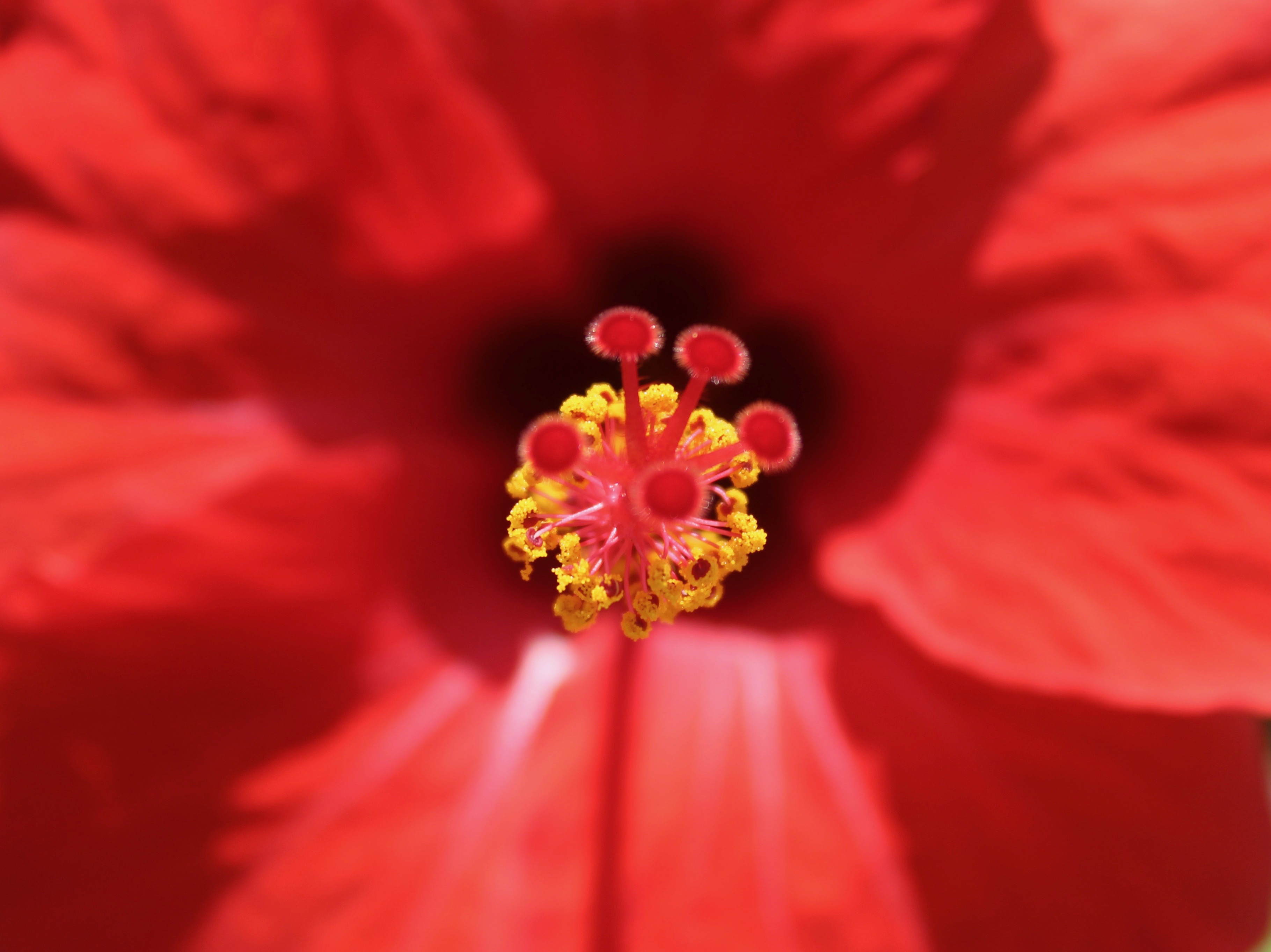
 By capturing a section of the fan palm I have filled the entire frame with the subject, eliminating the unwanted background making the image appear abstract. The different shades of green fill the entire picture creating visual impact. The diagonal lines make the image more dynamic and provide a better overall balanced composition. They add a strong visual interest and make your eyes travel across the photo. They are dominant in the image and are the main focus point.
By capturing a section of the fan palm I have filled the entire frame with the subject, eliminating the unwanted background making the image appear abstract. The different shades of green fill the entire picture creating visual impact. The diagonal lines make the image more dynamic and provide a better overall balanced composition. They add a strong visual interest and make your eyes travel across the photo. They are dominant in the image and are the main focus point.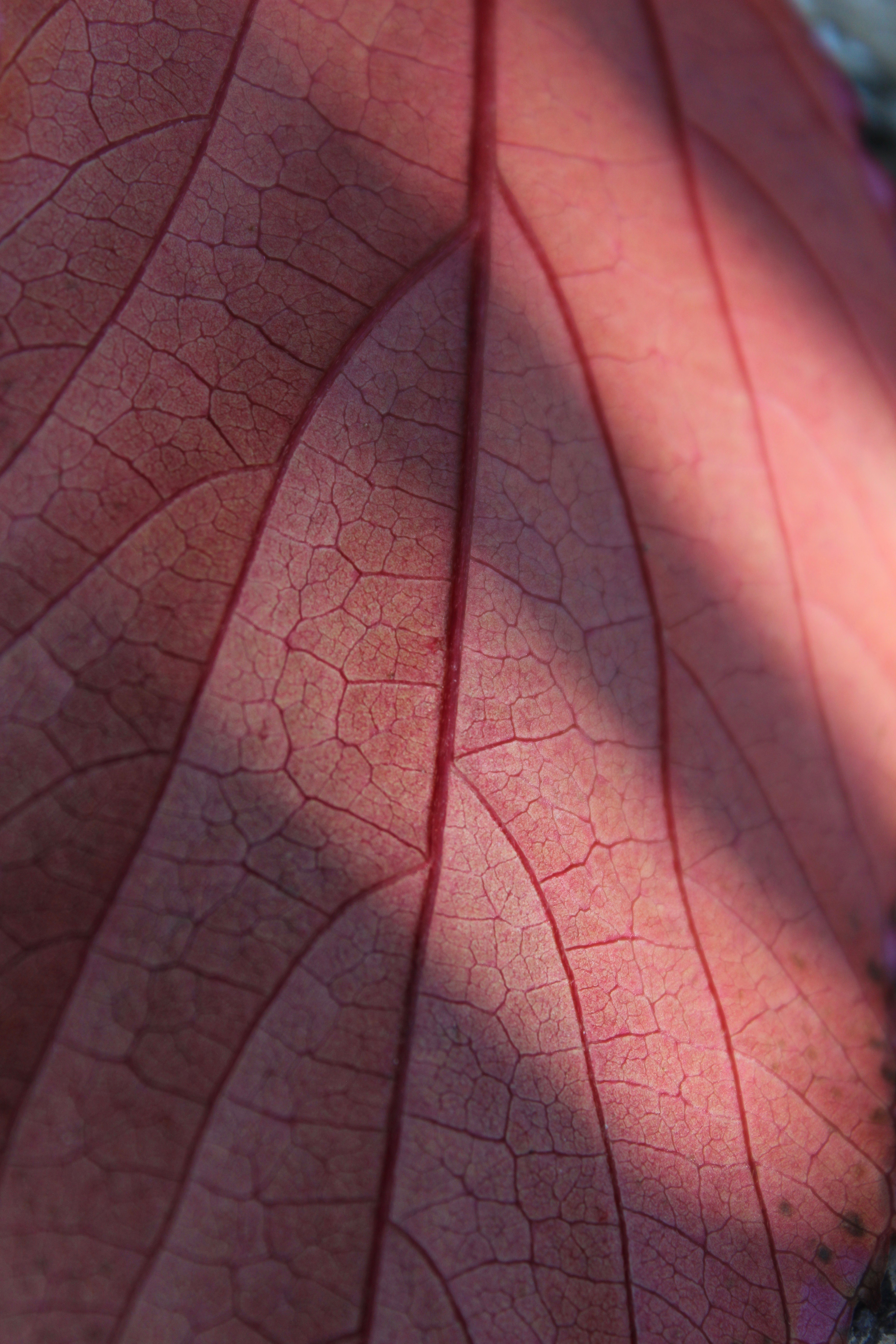 The zoom lens has captured close detail on the leaf as well as texture which can be shown through the focal points. The curved lines coming out the stem are very effective in this photo as they create a more graceful composition. By rotating the photo I created a different orientation, making the image more interesting. The shadows casted on the leave also catch the viewers attention and create a sense of depth to the picture.
The zoom lens has captured close detail on the leaf as well as texture which can be shown through the focal points. The curved lines coming out the stem are very effective in this photo as they create a more graceful composition. By rotating the photo I created a different orientation, making the image more interesting. The shadows casted on the leave also catch the viewers attention and create a sense of depth to the picture.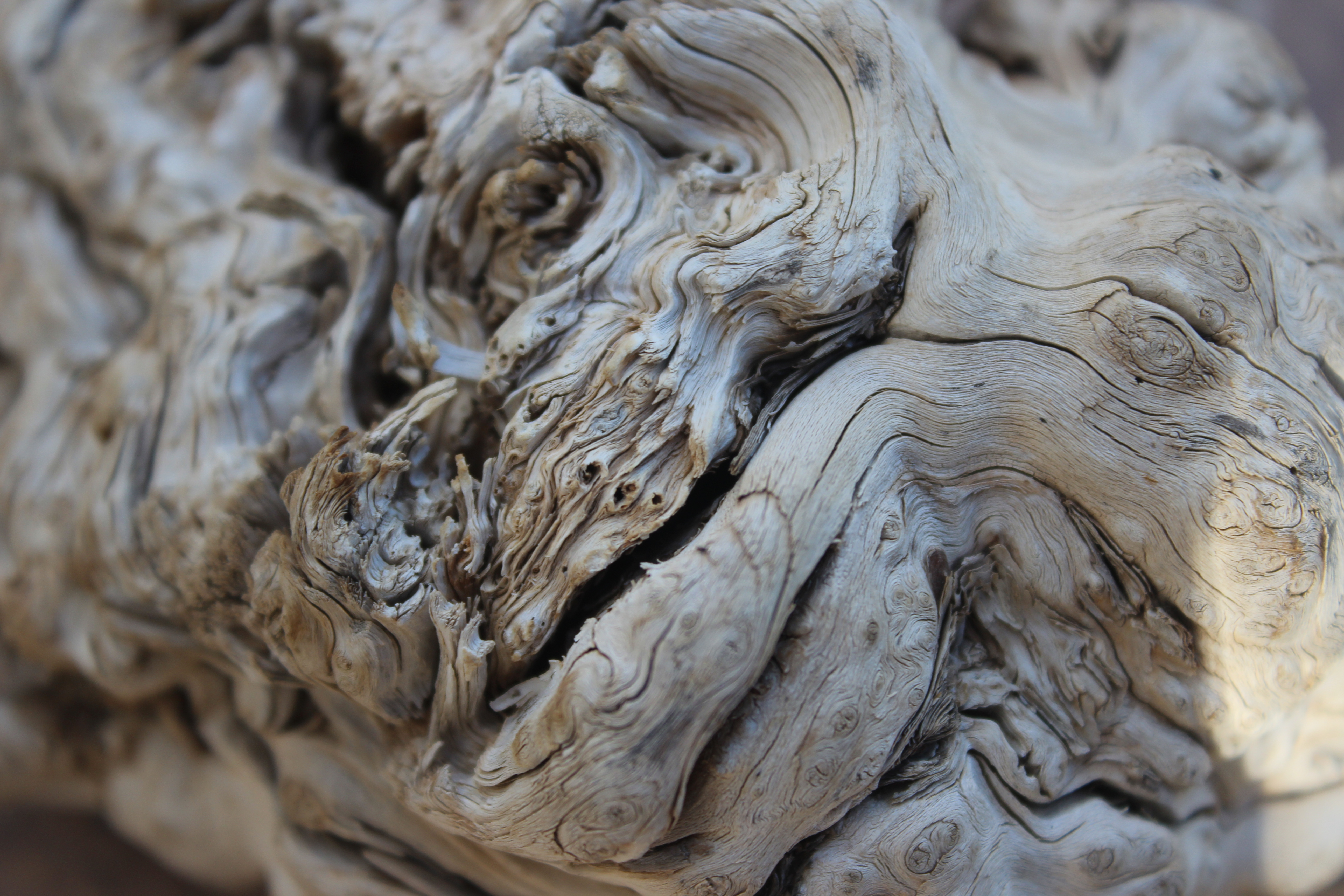 The various width of lines are the main attention in this photo. Since this photo was taken up close you can see lots of detail and texture to the bark. Most of the lines are curved and seamless and create a smooth effect to the image. There’s a lot going on in the image because of the amount of detail captured, creating an unfamiliar image.
The various width of lines are the main attention in this photo. Since this photo was taken up close you can see lots of detail and texture to the bark. Most of the lines are curved and seamless and create a smooth effect to the image. There’s a lot going on in the image because of the amount of detail captured, creating an unfamiliar image. To capture this image I held a dream catcher towards the sunlight so that a light source would shine through the netting. By manipulating the lighting I created shadows and highlights to add depth and interest to my image. The feathers on the right hand side are out of focus by motion so that the main focal point is on the pattern of the dream catcher. I like the composition of the photo and how the foreground is slightly blurred to create layers.
To capture this image I held a dream catcher towards the sunlight so that a light source would shine through the netting. By manipulating the lighting I created shadows and highlights to add depth and interest to my image. The feathers on the right hand side are out of focus by motion so that the main focal point is on the pattern of the dream catcher. I like the composition of the photo and how the foreground is slightly blurred to create layers. To take this photo I scrunched a bunch of towels together to create an interesting form. The composition is complex and interesting and makes it appear like a ‘landscape’. Texture from the towels can be seen in the front and slowly begins to blur out further away. The aspect of the photo which most grabs the viewers attention is the different shades of blue which greatly contrast with each other.
To take this photo I scrunched a bunch of towels together to create an interesting form. The composition is complex and interesting and makes it appear like a ‘landscape’. Texture from the towels can be seen in the front and slowly begins to blur out further away. The aspect of the photo which most grabs the viewers attention is the different shades of blue which greatly contrast with each other. This photo is of feathers that hang down a dream catcher. Most of the image is blurred since I moved the object side to side so it could create an effect of motion. I like how the photo only captures the edges of the feathers while the rest has been unfocused. The further back, the more blurred it becomes creating a sense of depth which the shadows and highlights also help create.
This photo is of feathers that hang down a dream catcher. Most of the image is blurred since I moved the object side to side so it could create an effect of motion. I like how the photo only captures the edges of the feathers while the rest has been unfocused. The further back, the more blurred it becomes creating a sense of depth which the shadows and highlights also help create. The rectangle shapes form structure to the image and attract the viewers attention. These strong geometrical shapes with straight edges give the photo a powerful visual impact. The shadows casted by the overlapping wood panels create layers to the photo and make it visually interesting.
The rectangle shapes form structure to the image and attract the viewers attention. These strong geometrical shapes with straight edges give the photo a powerful visual impact. The shadows casted by the overlapping wood panels create layers to the photo and make it visually interesting. Favourite outcome
Favourite outcome